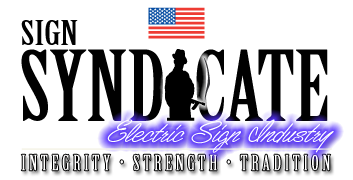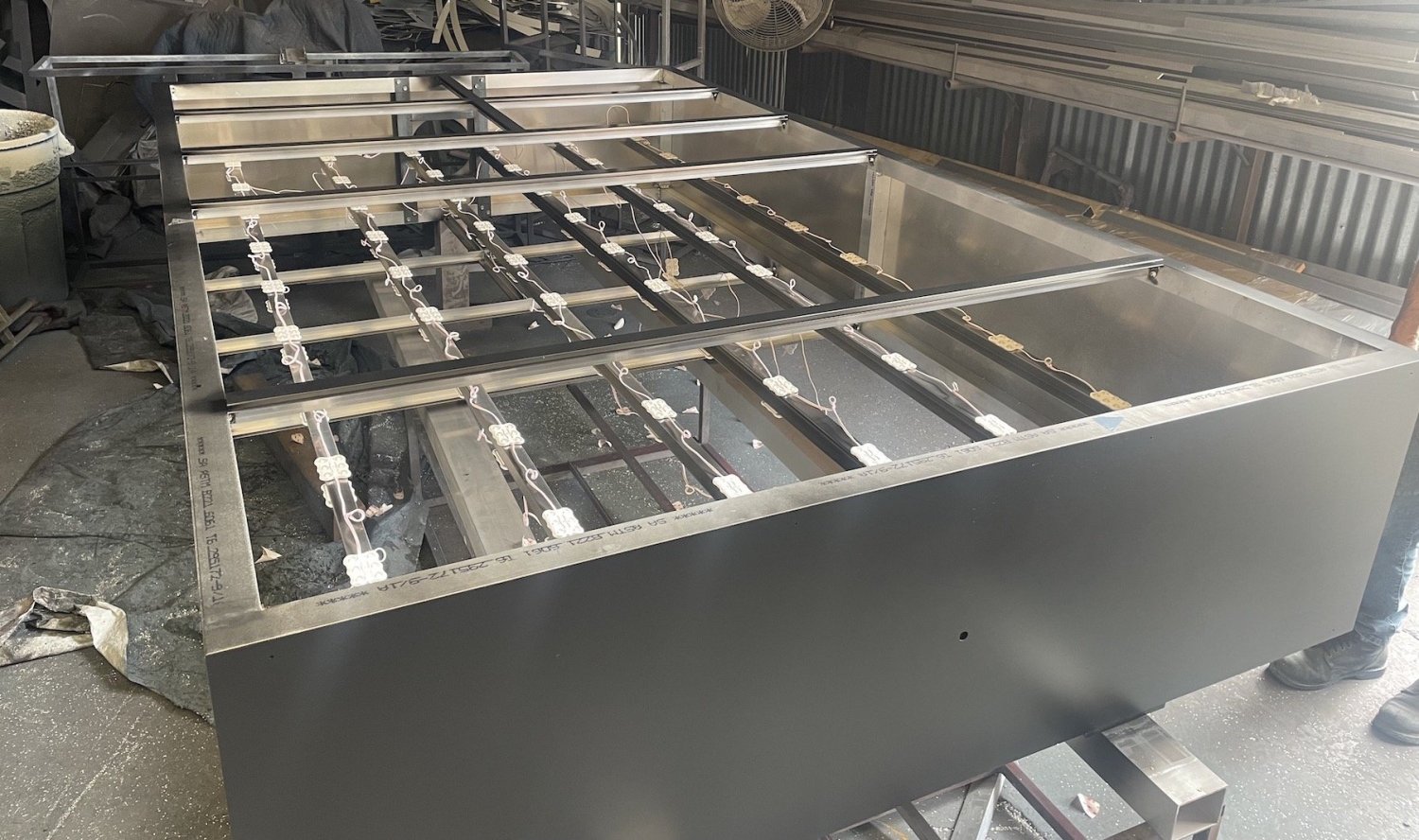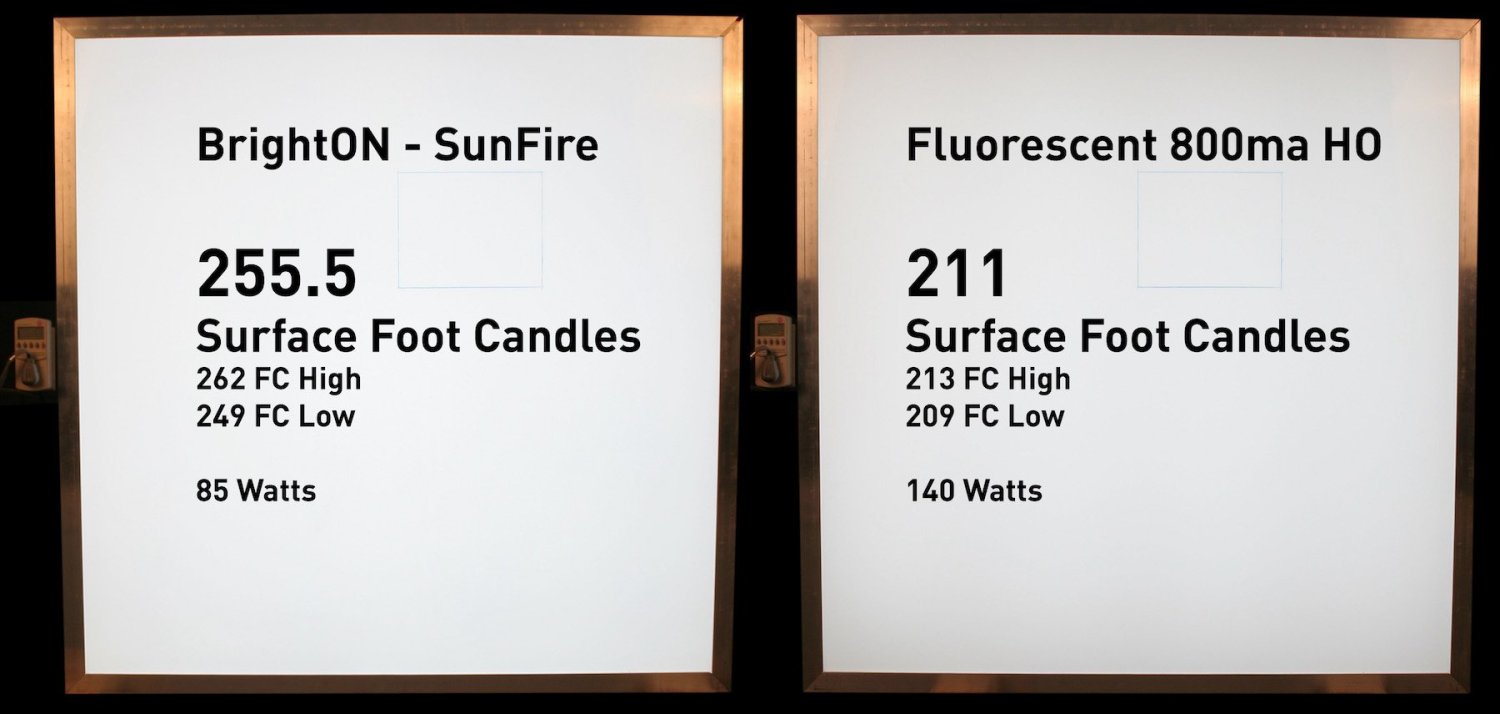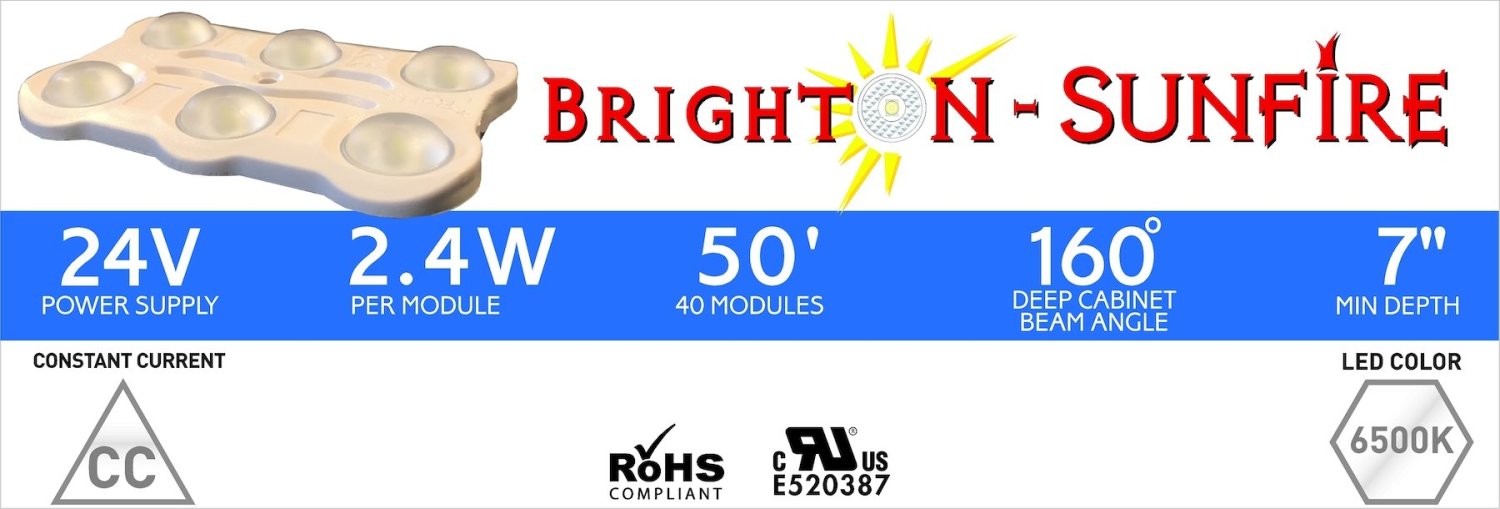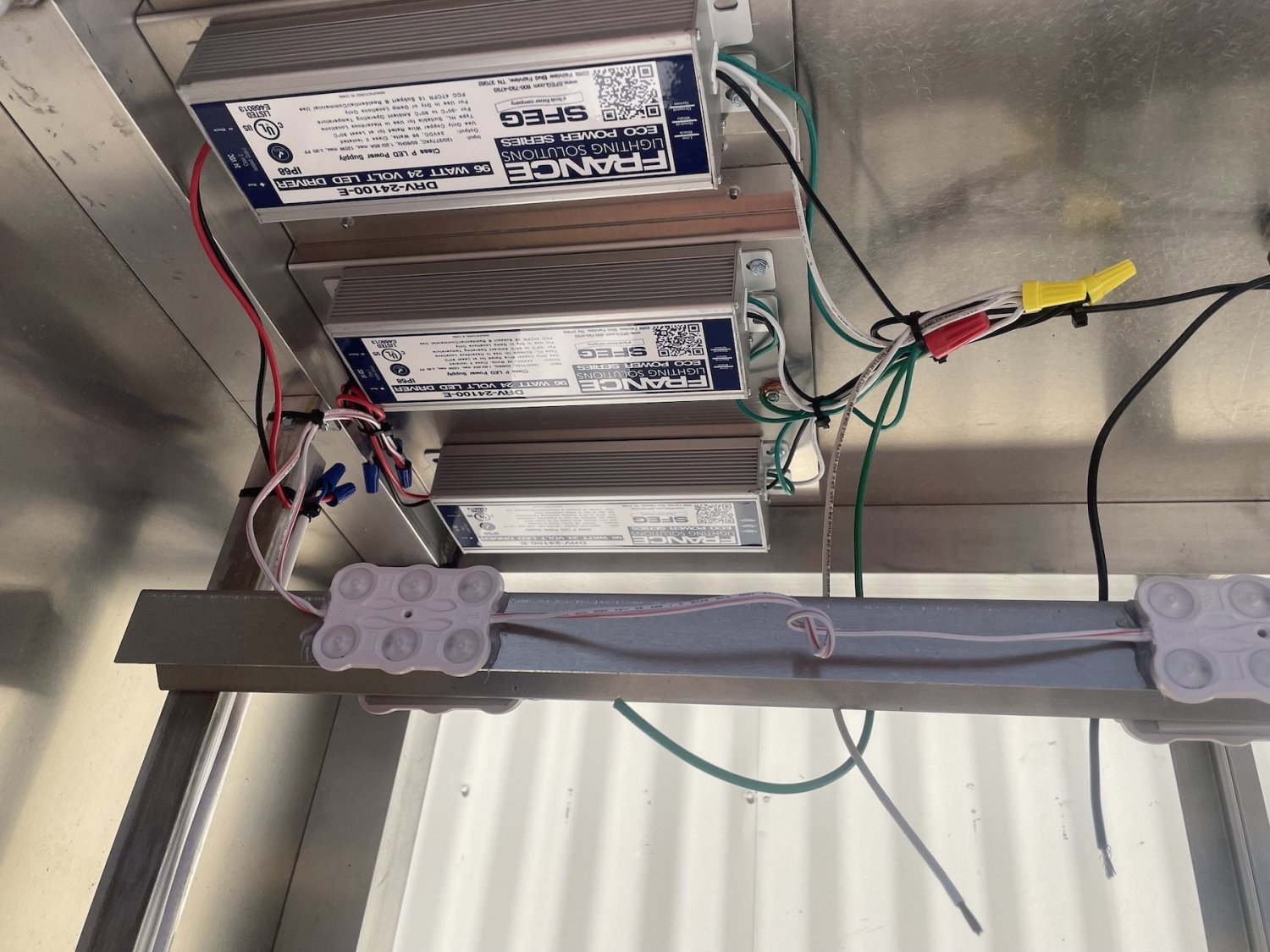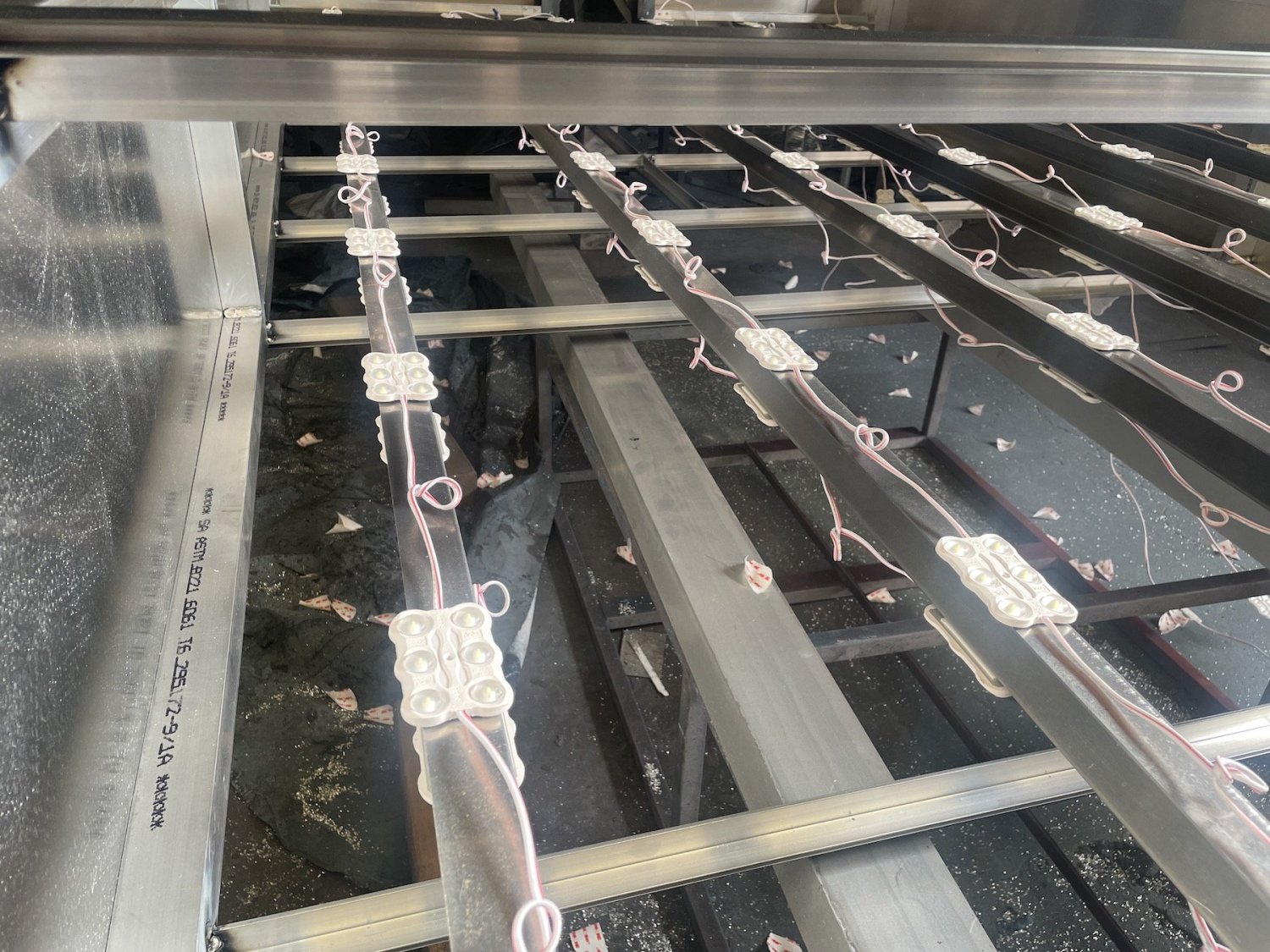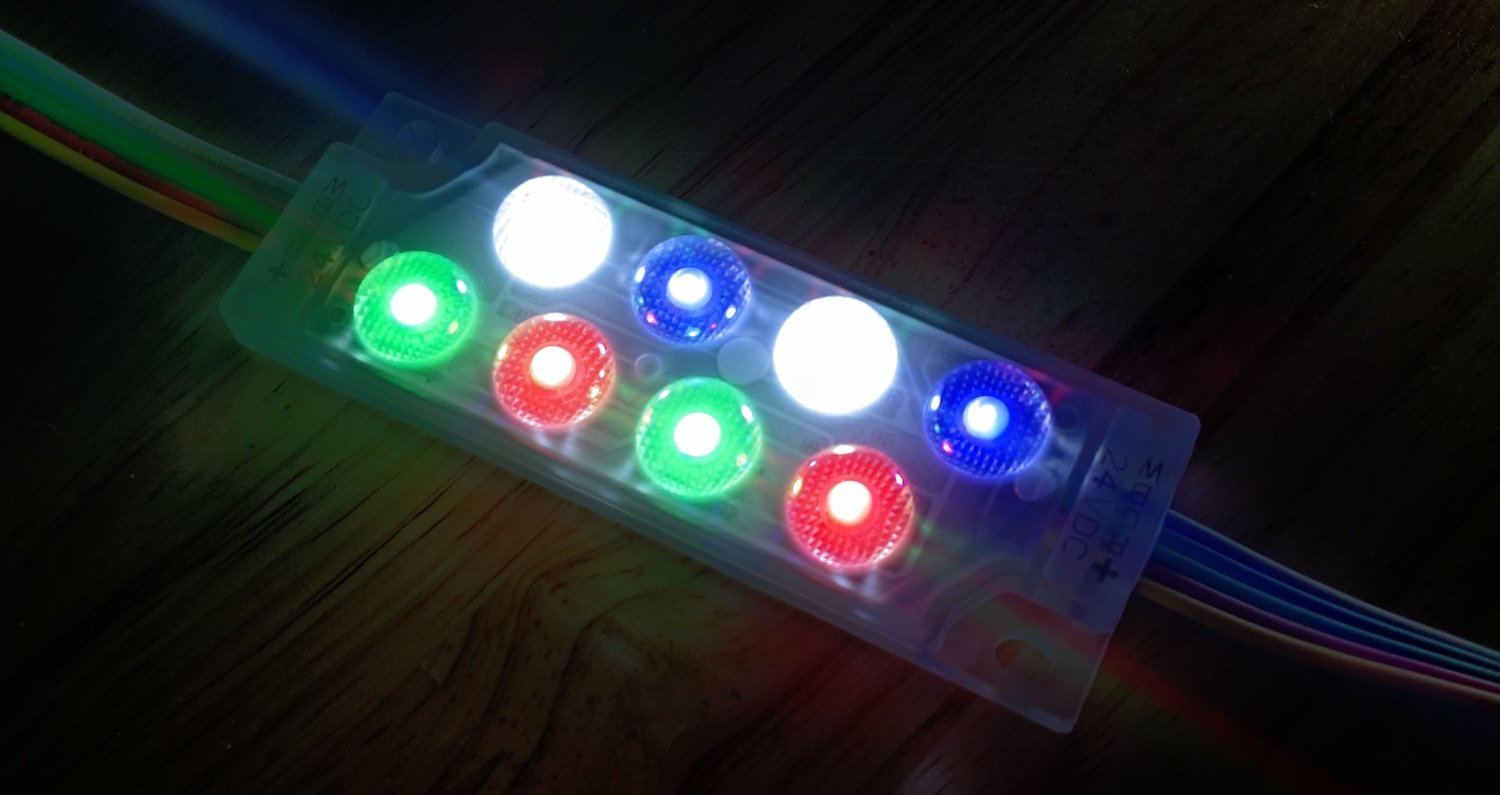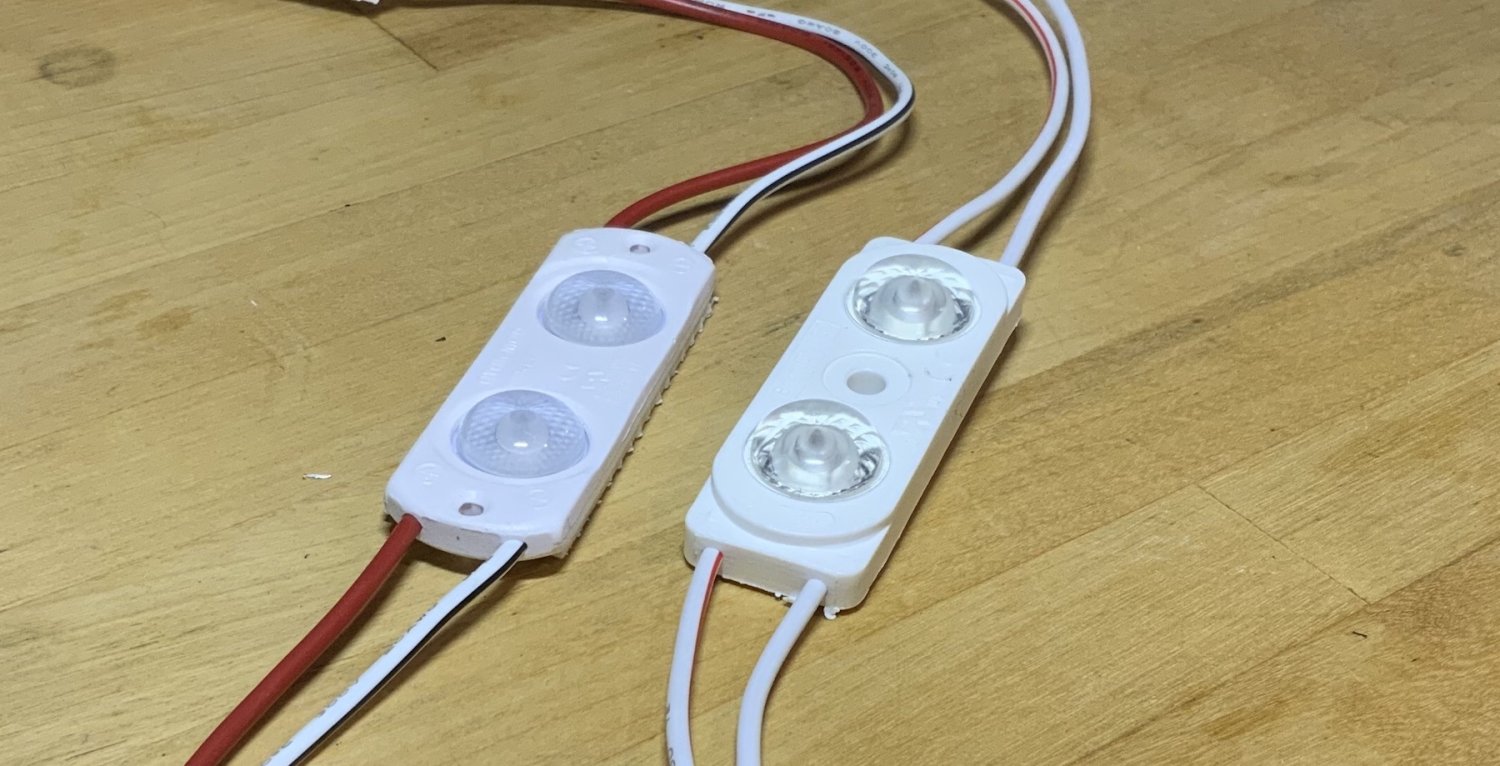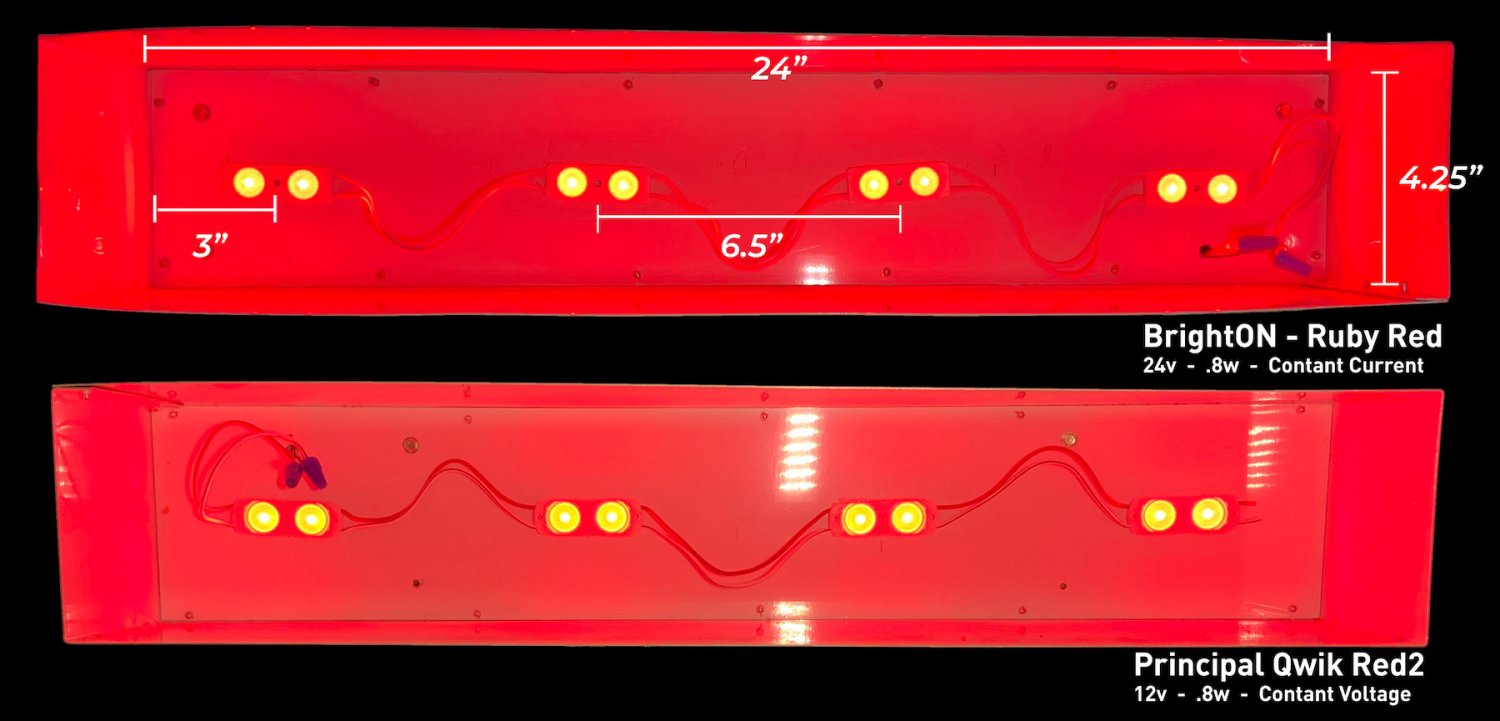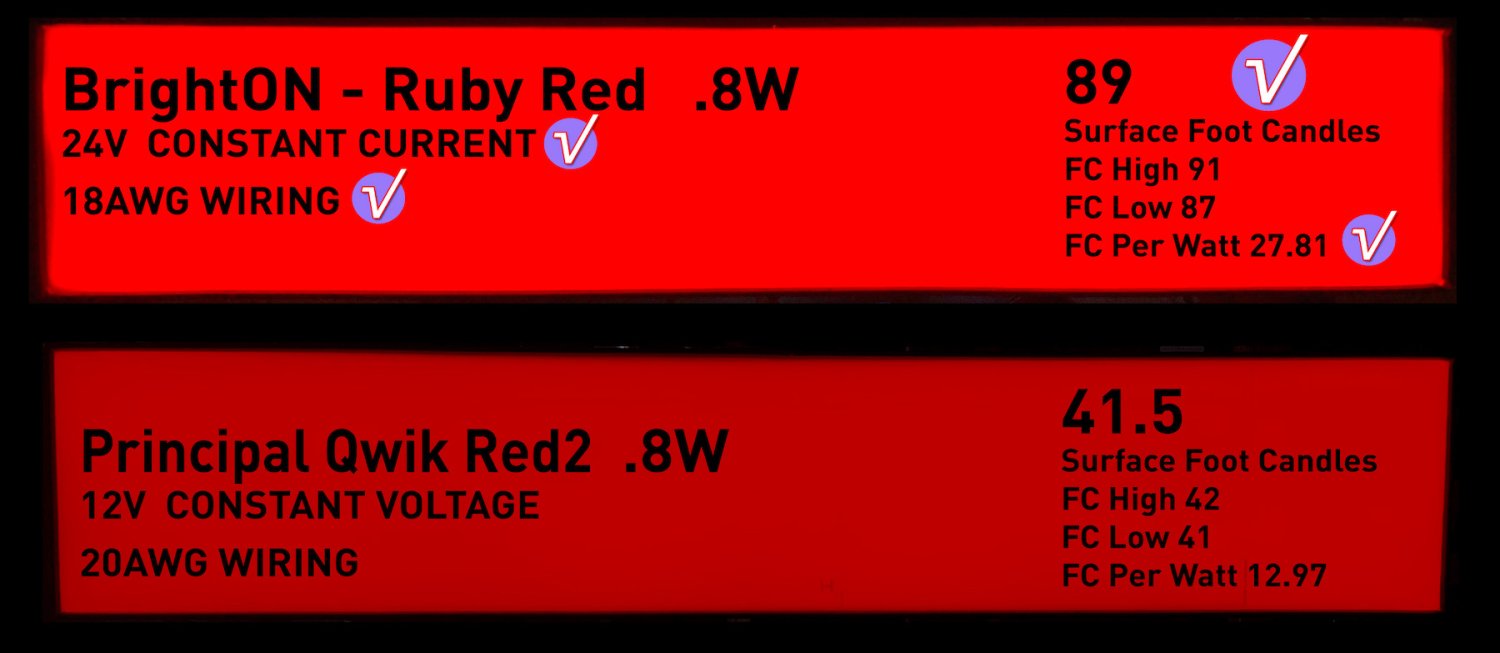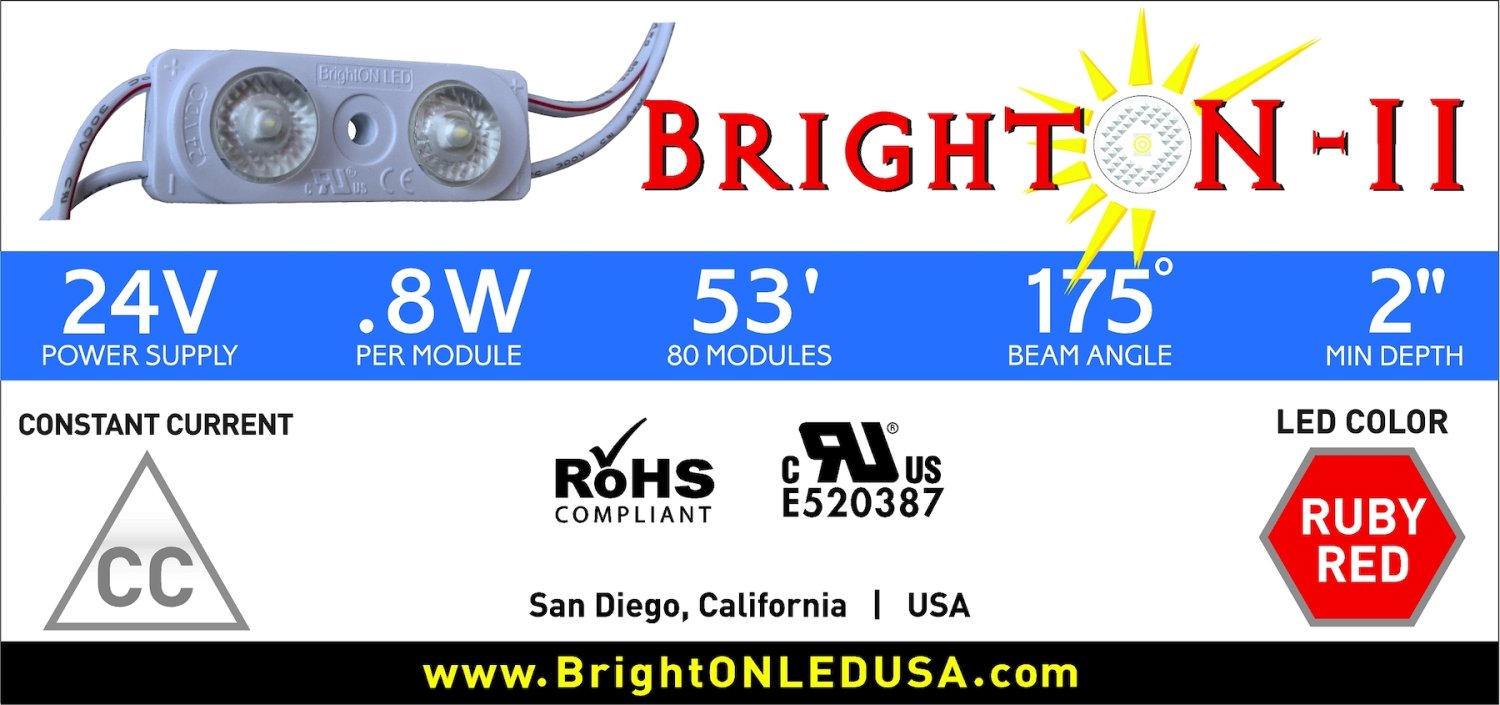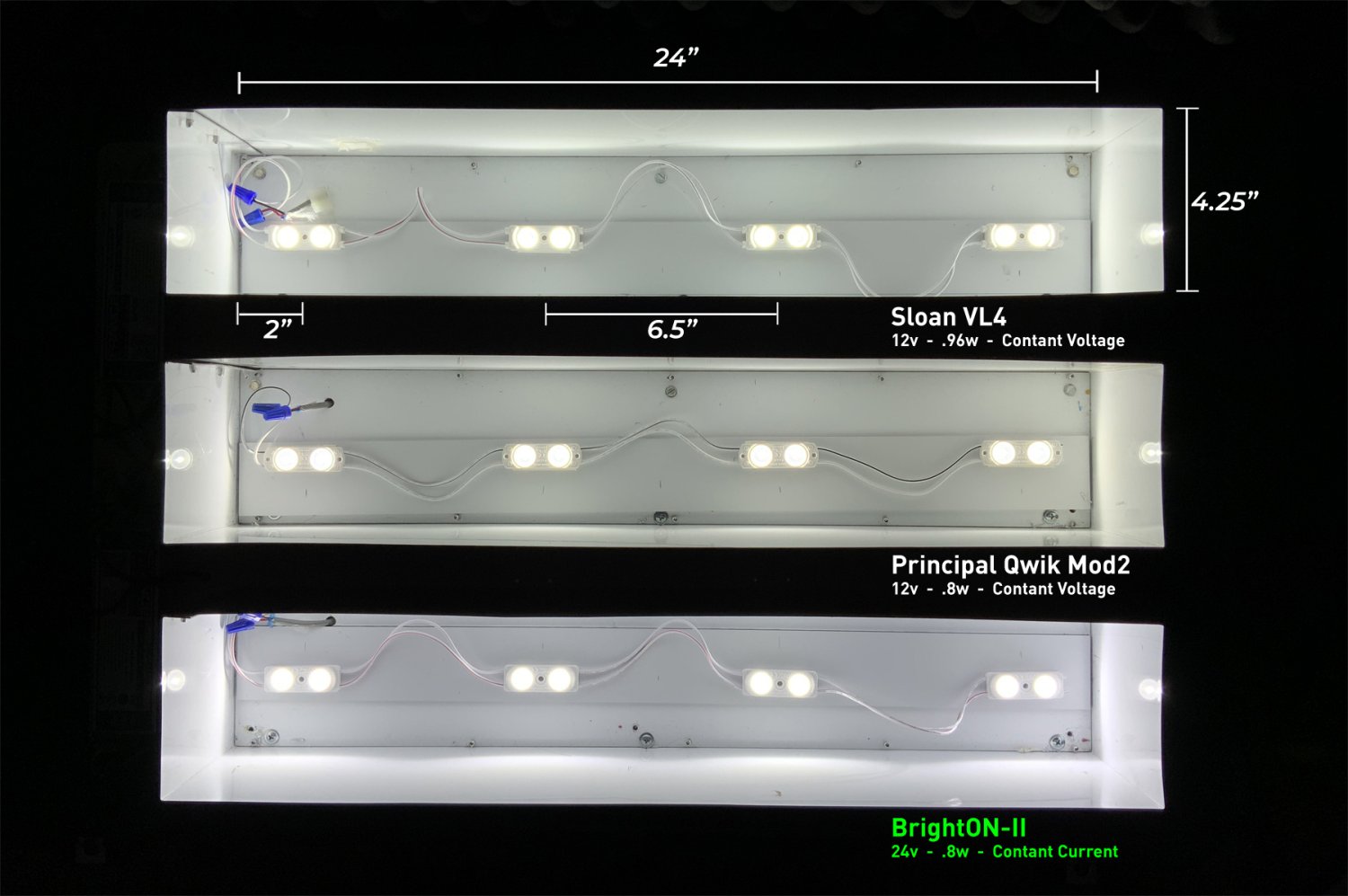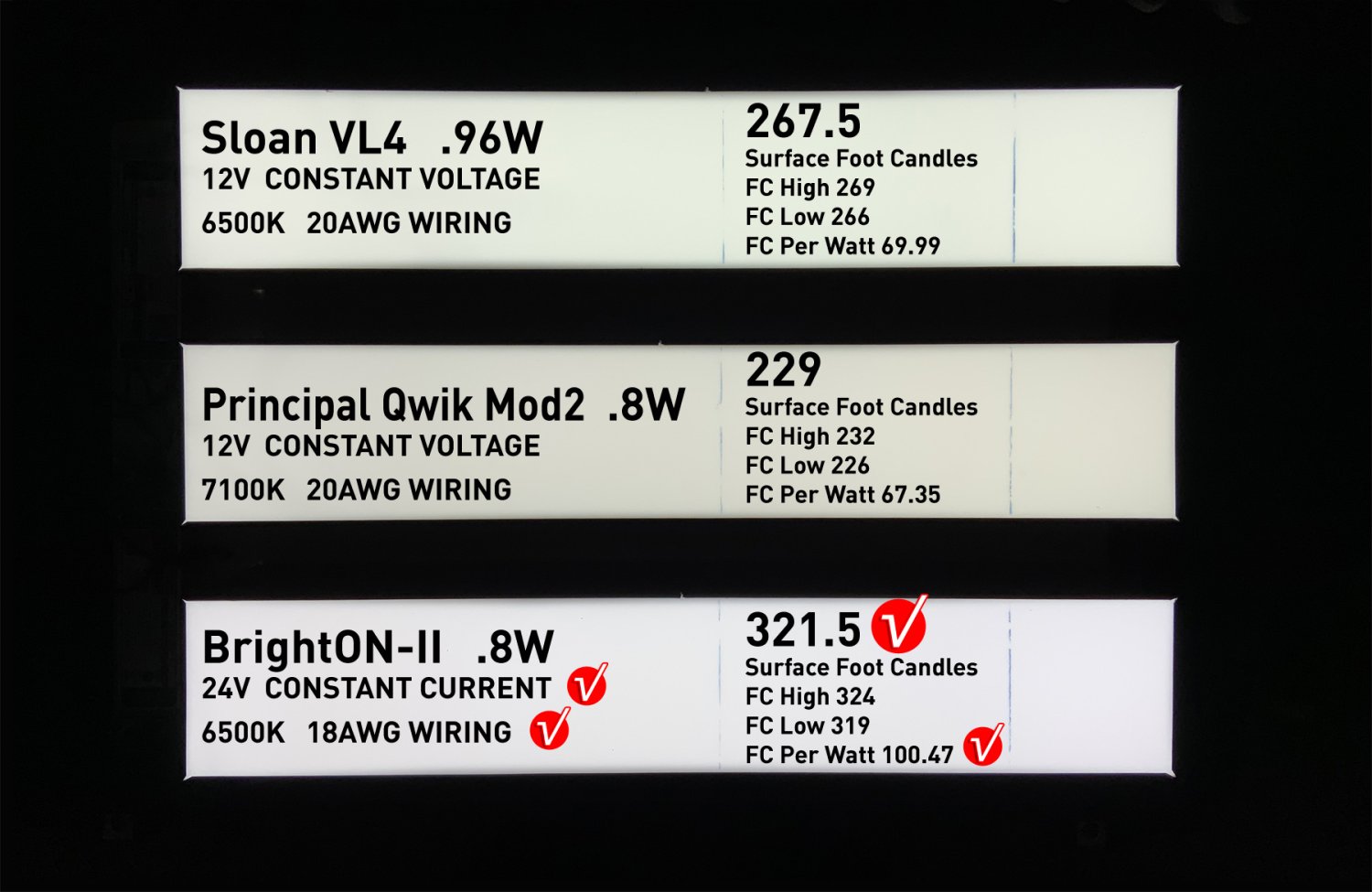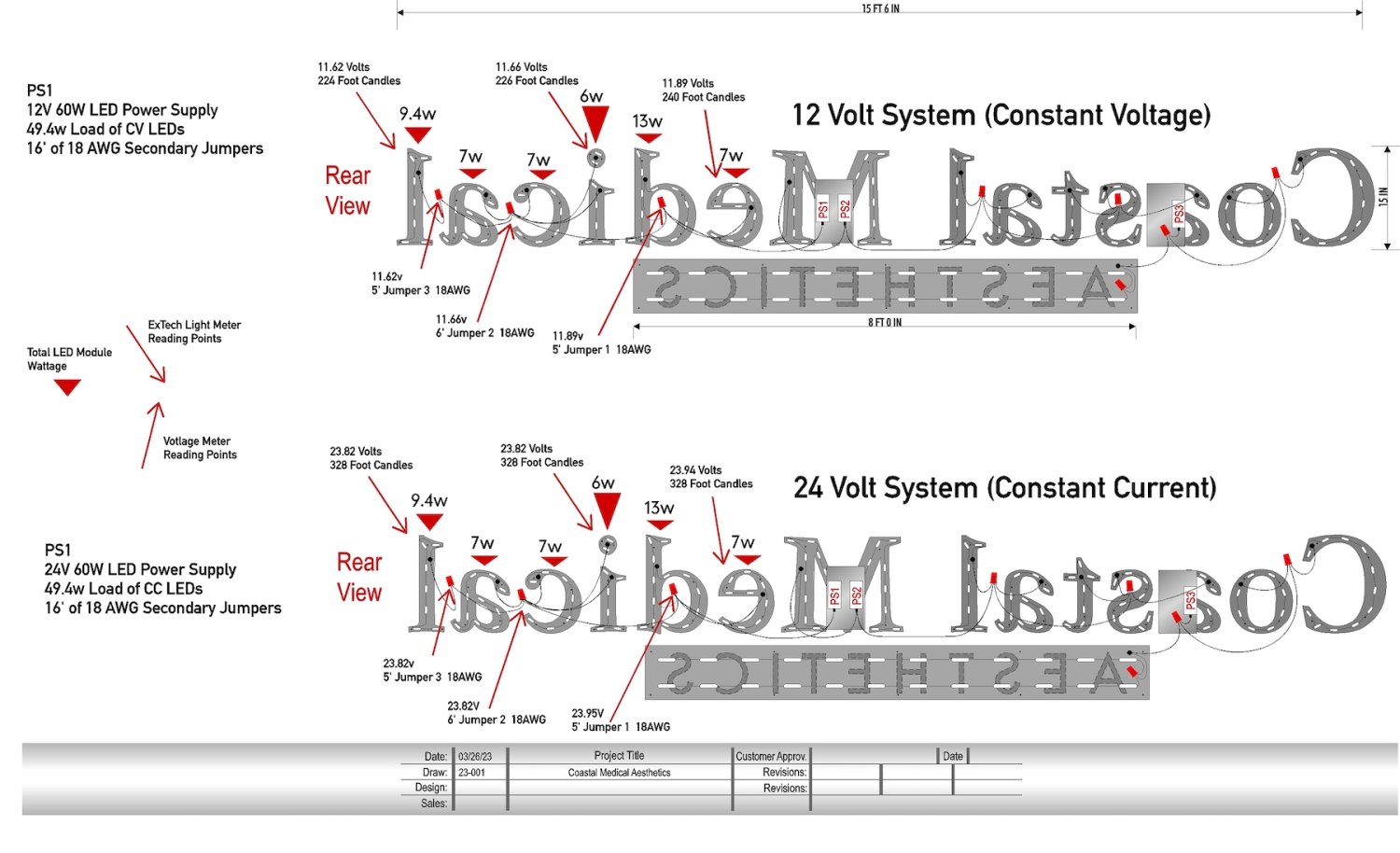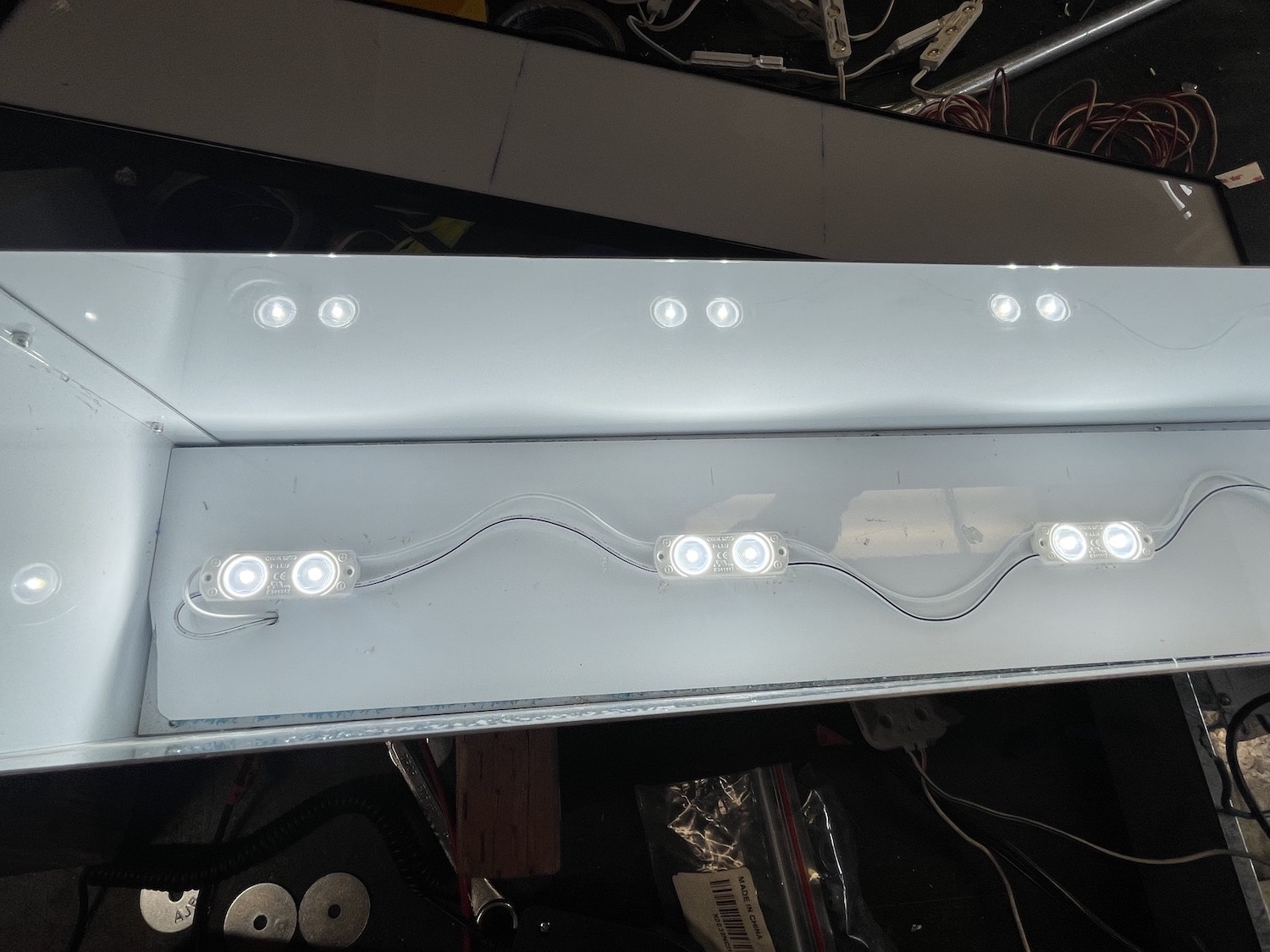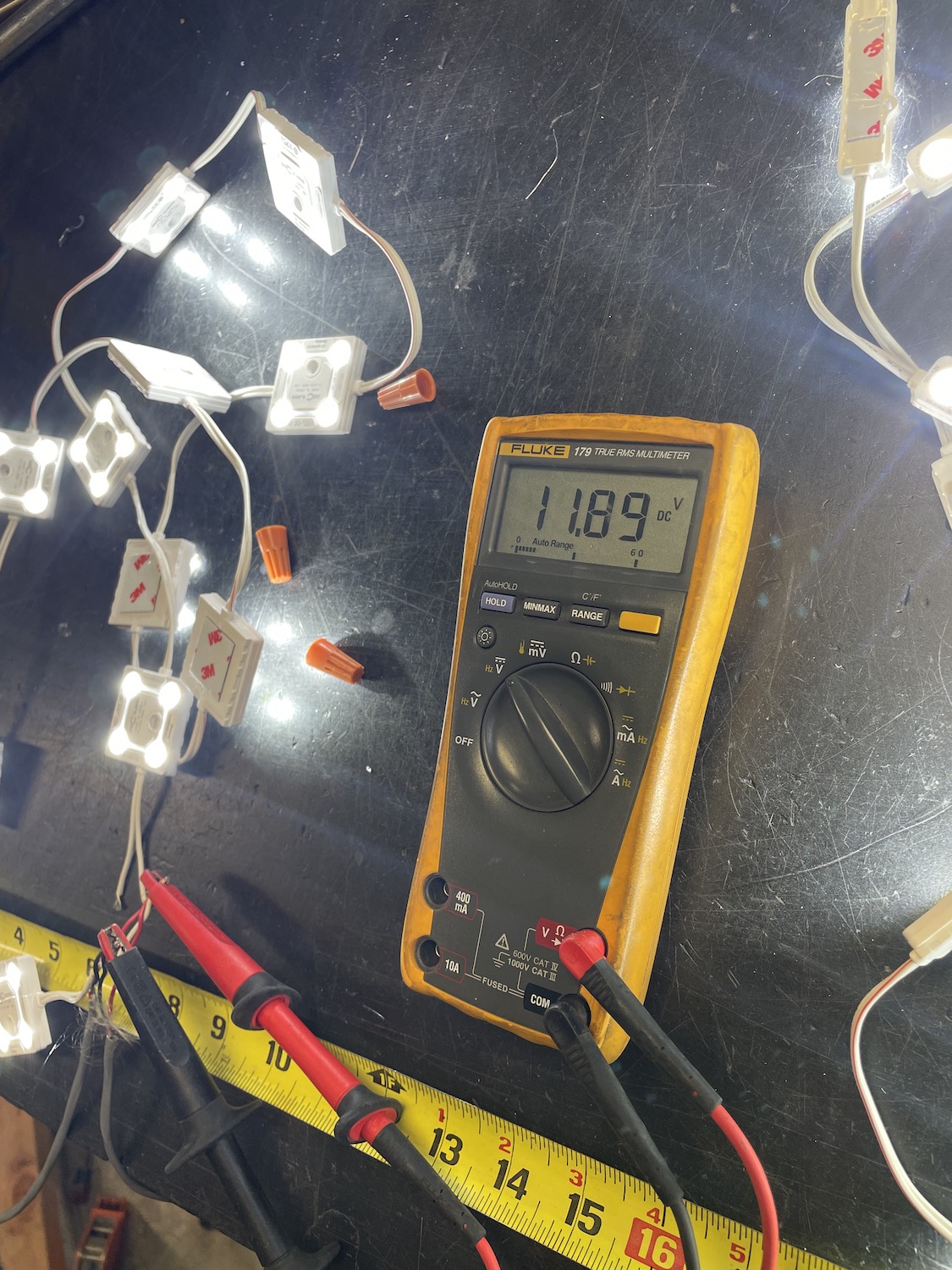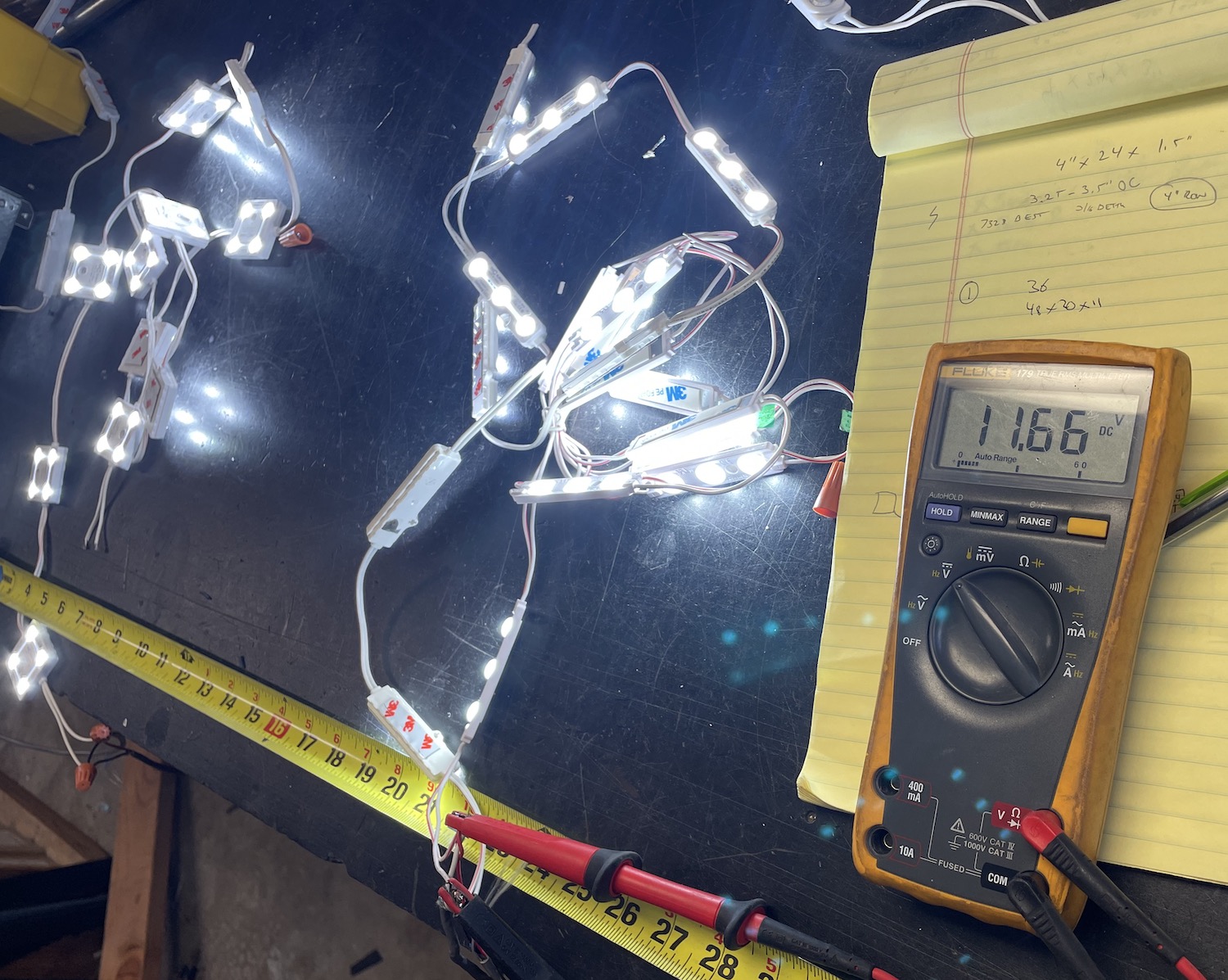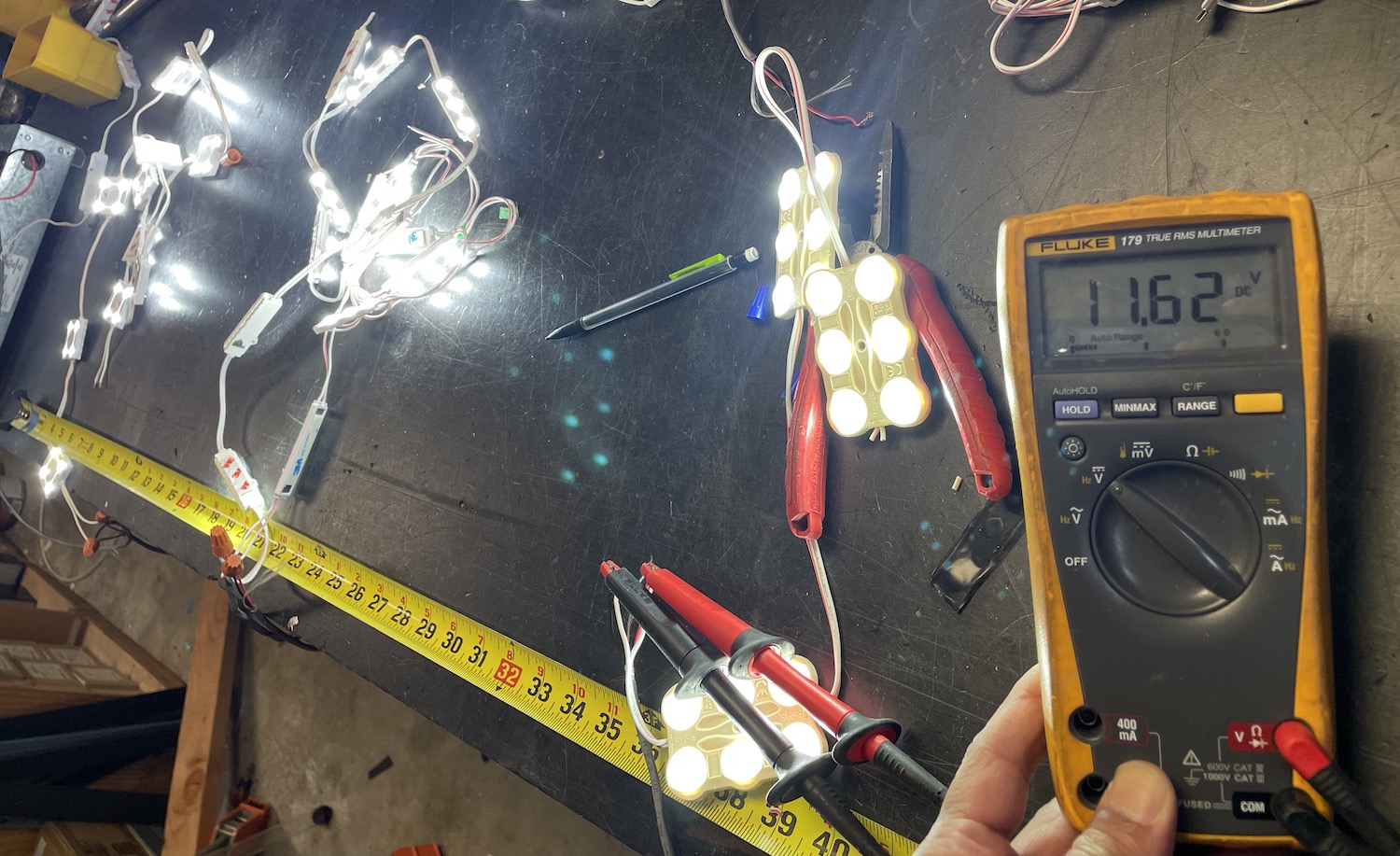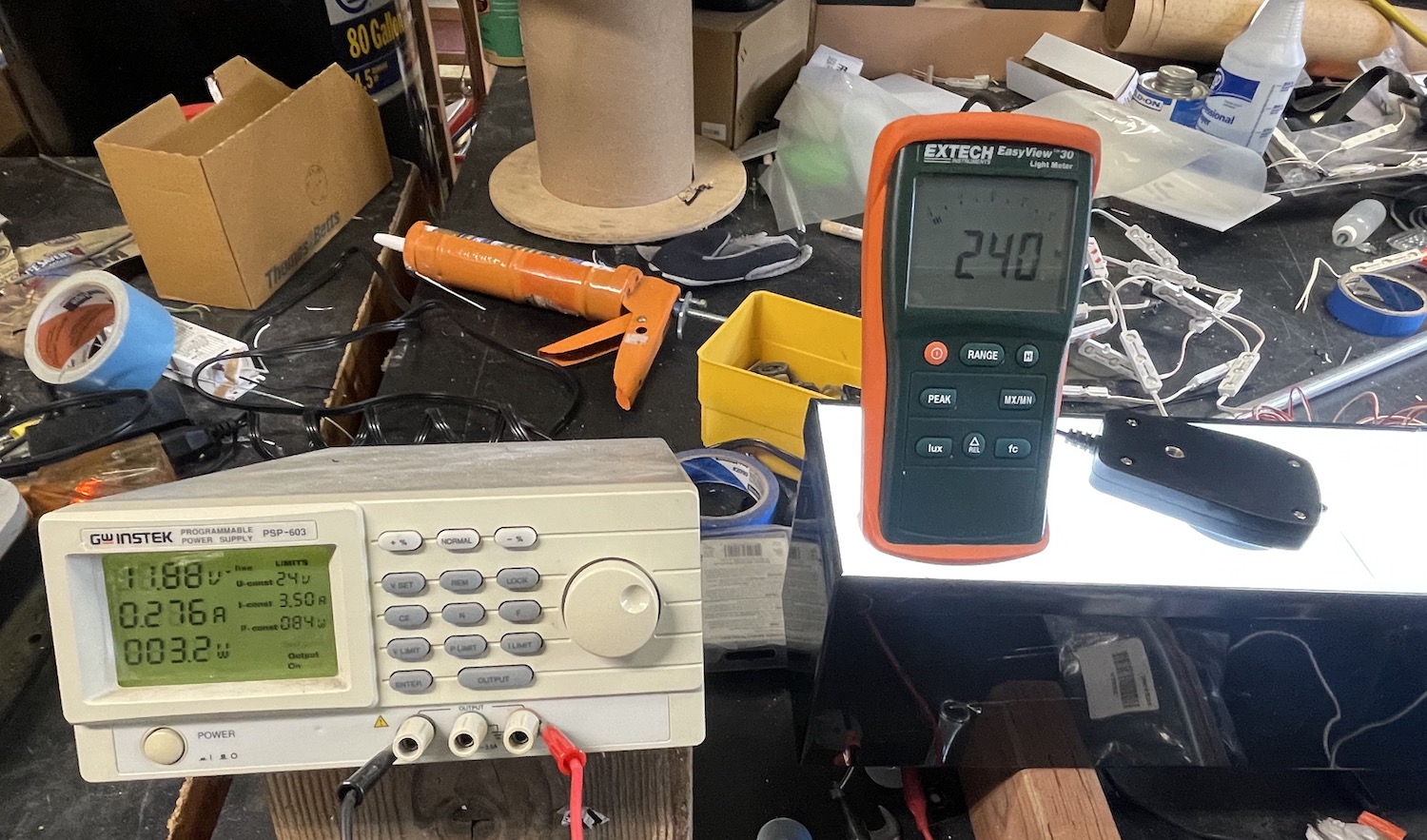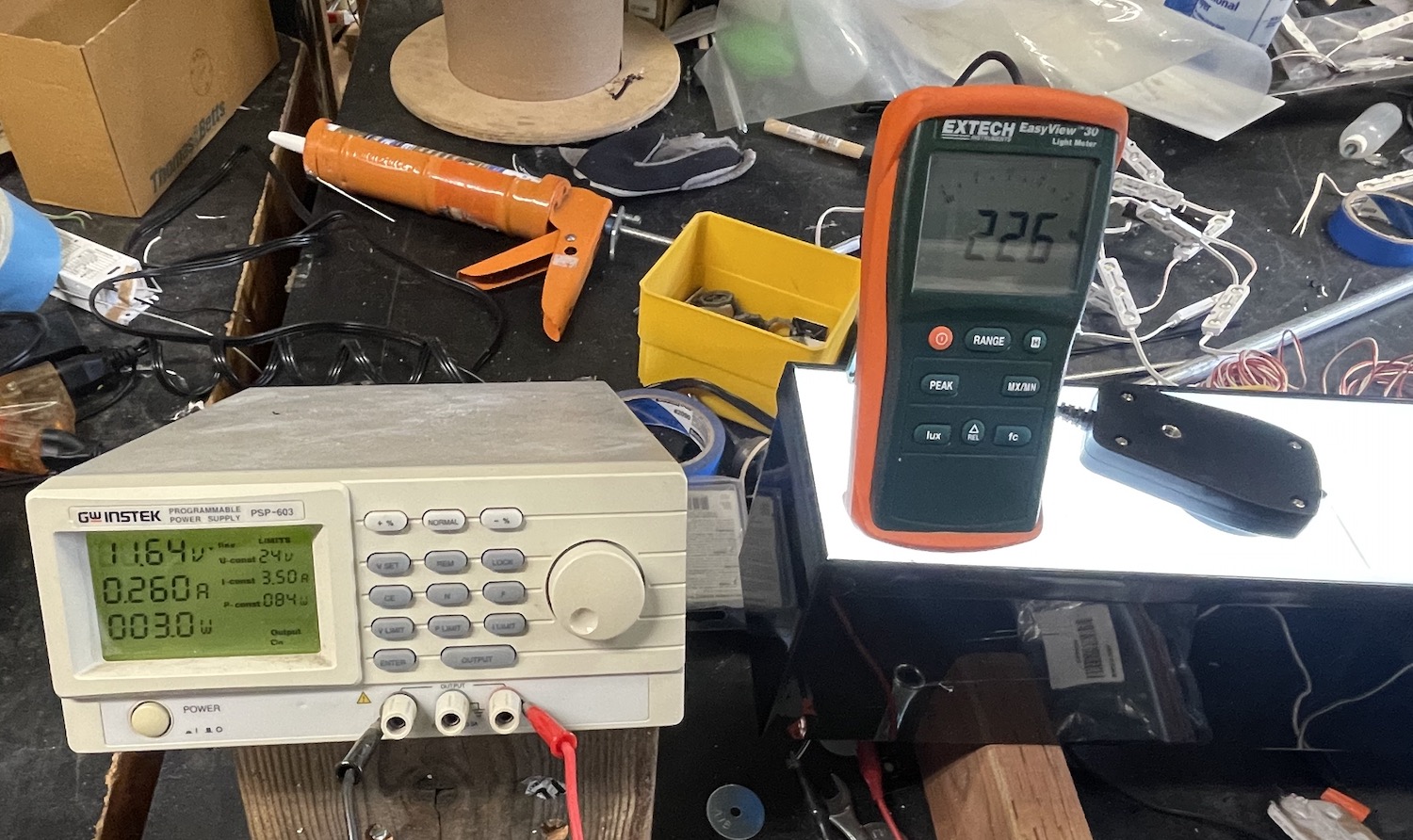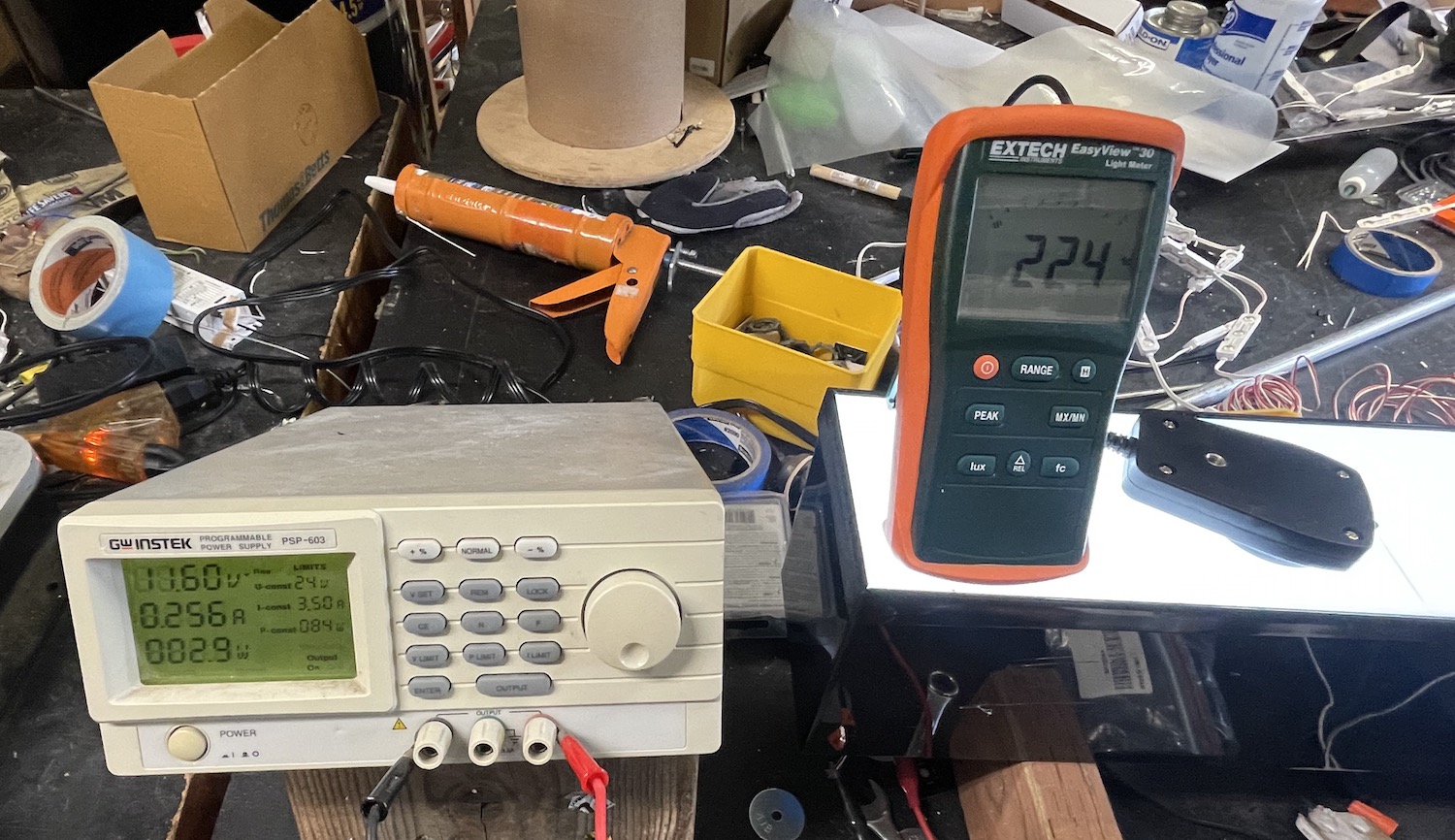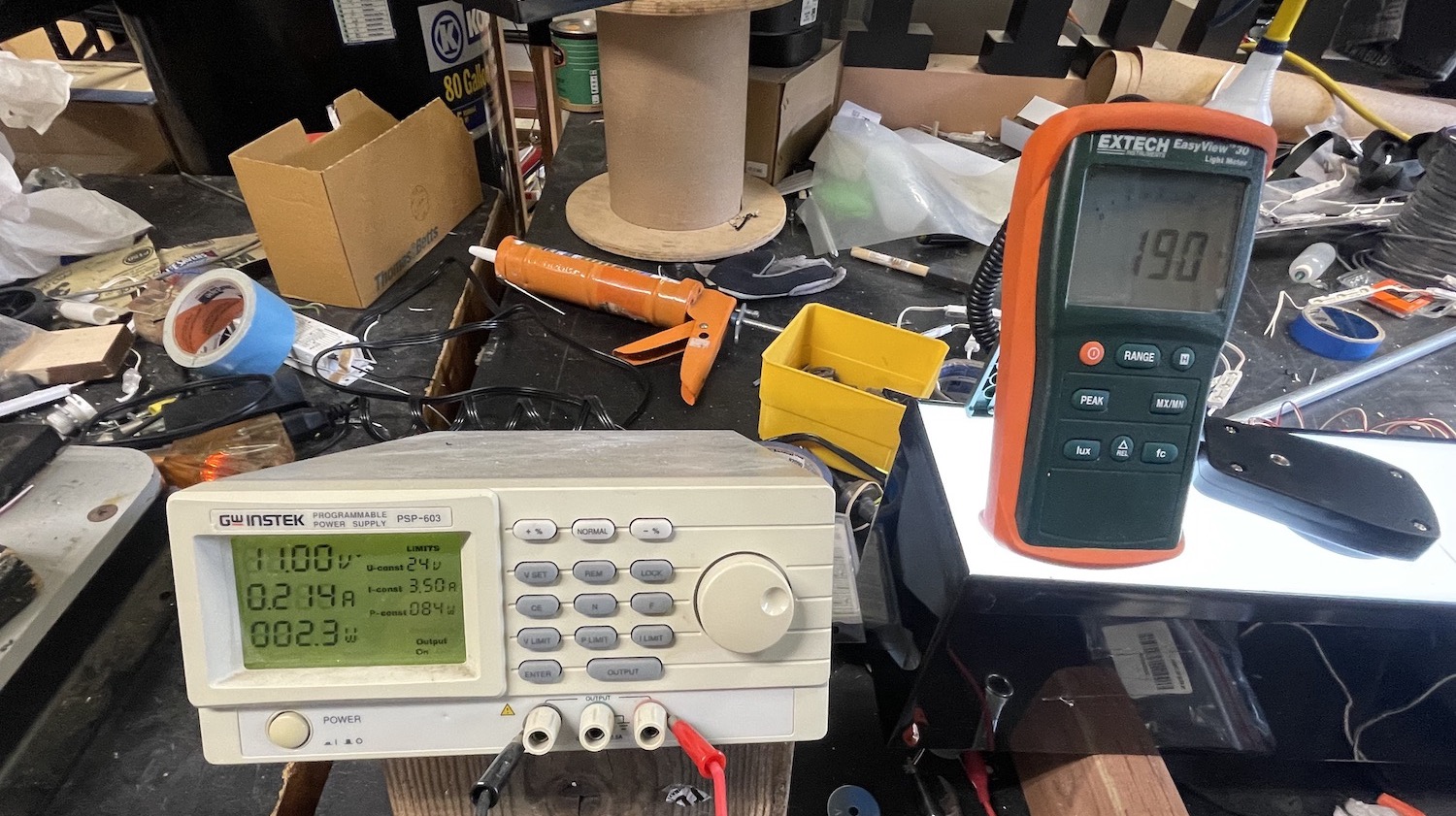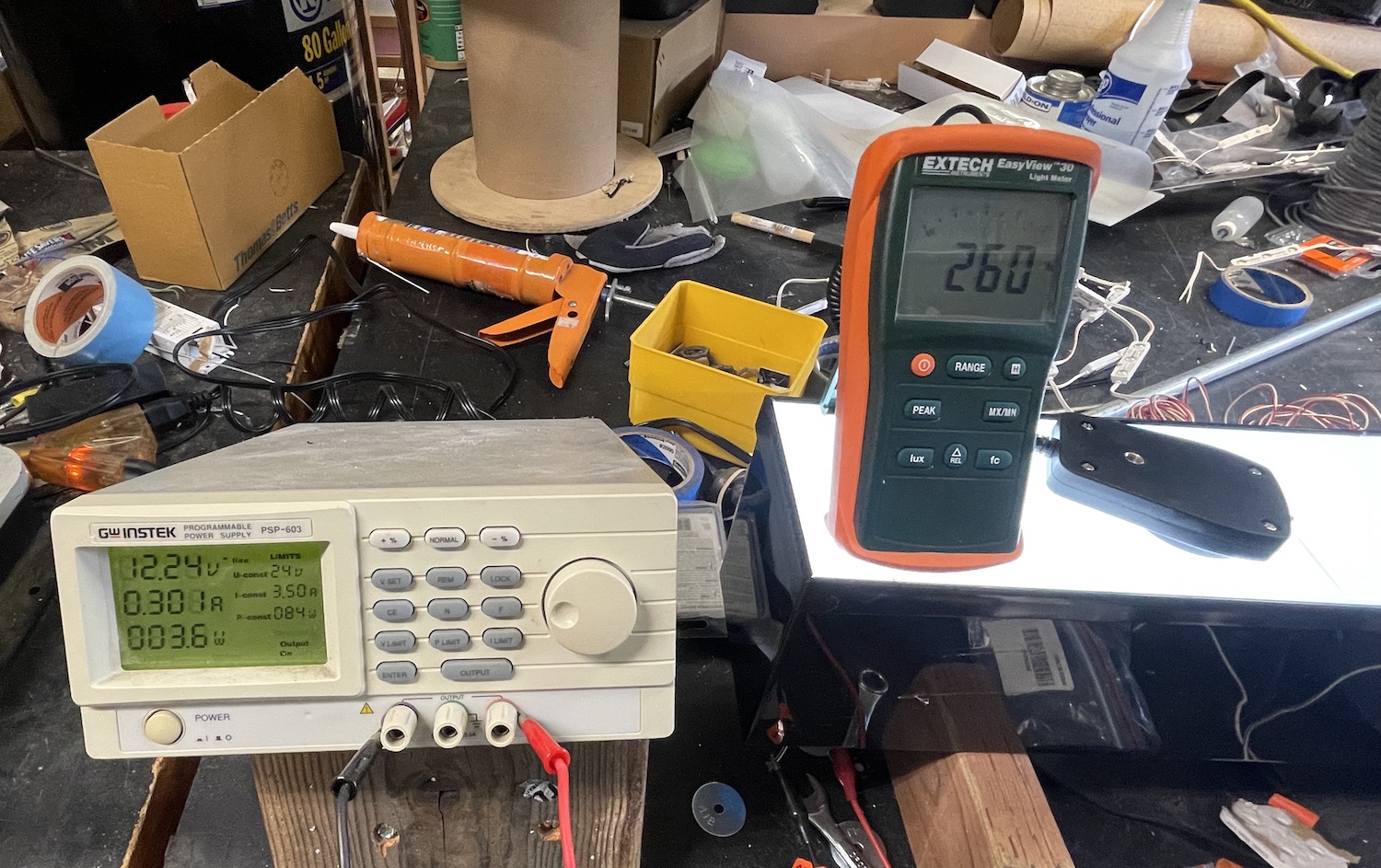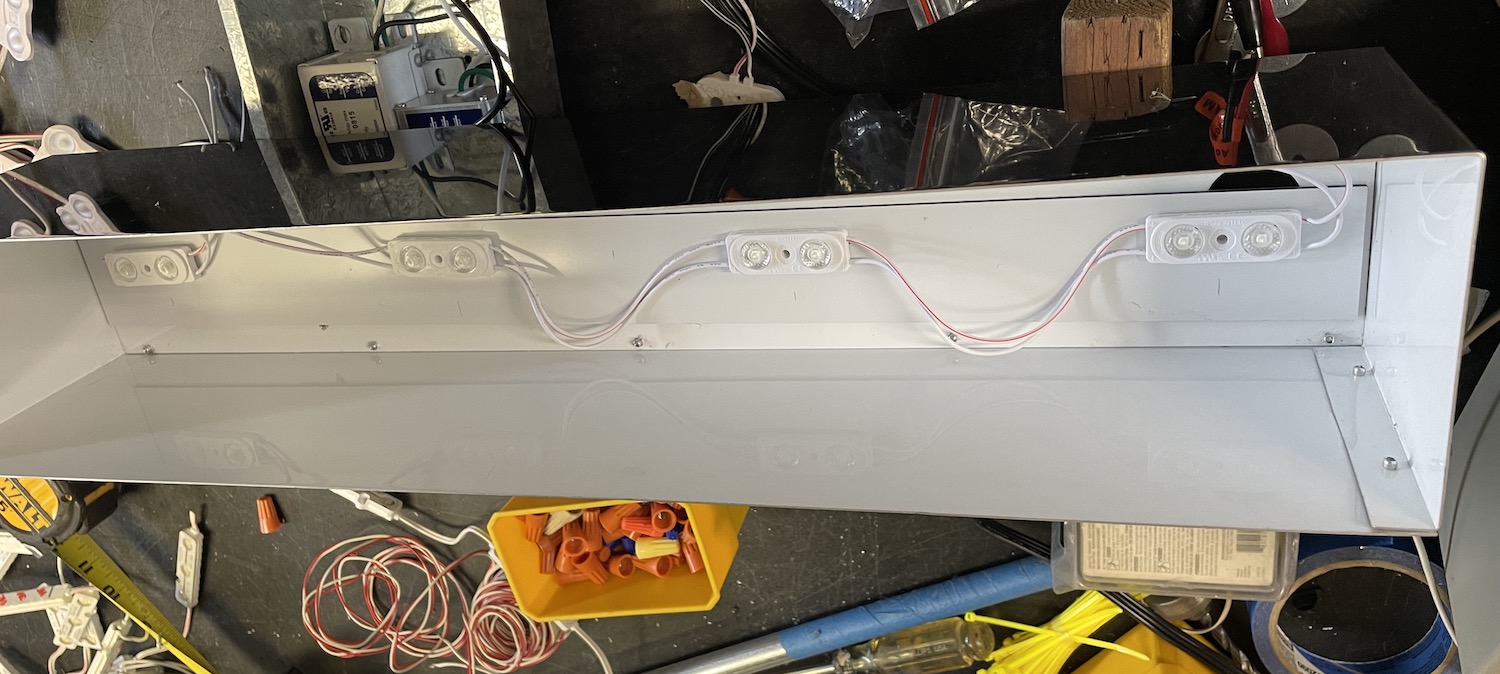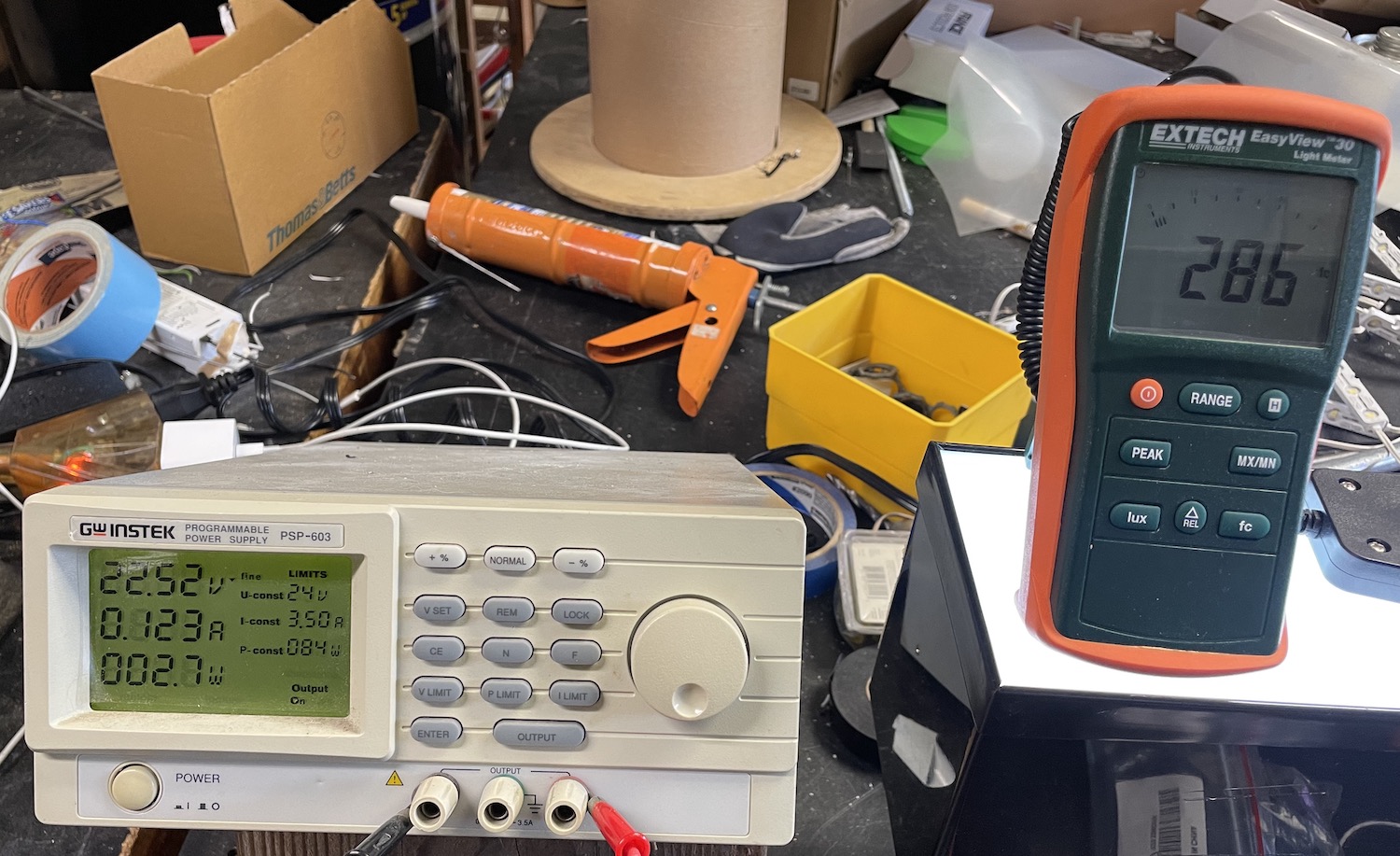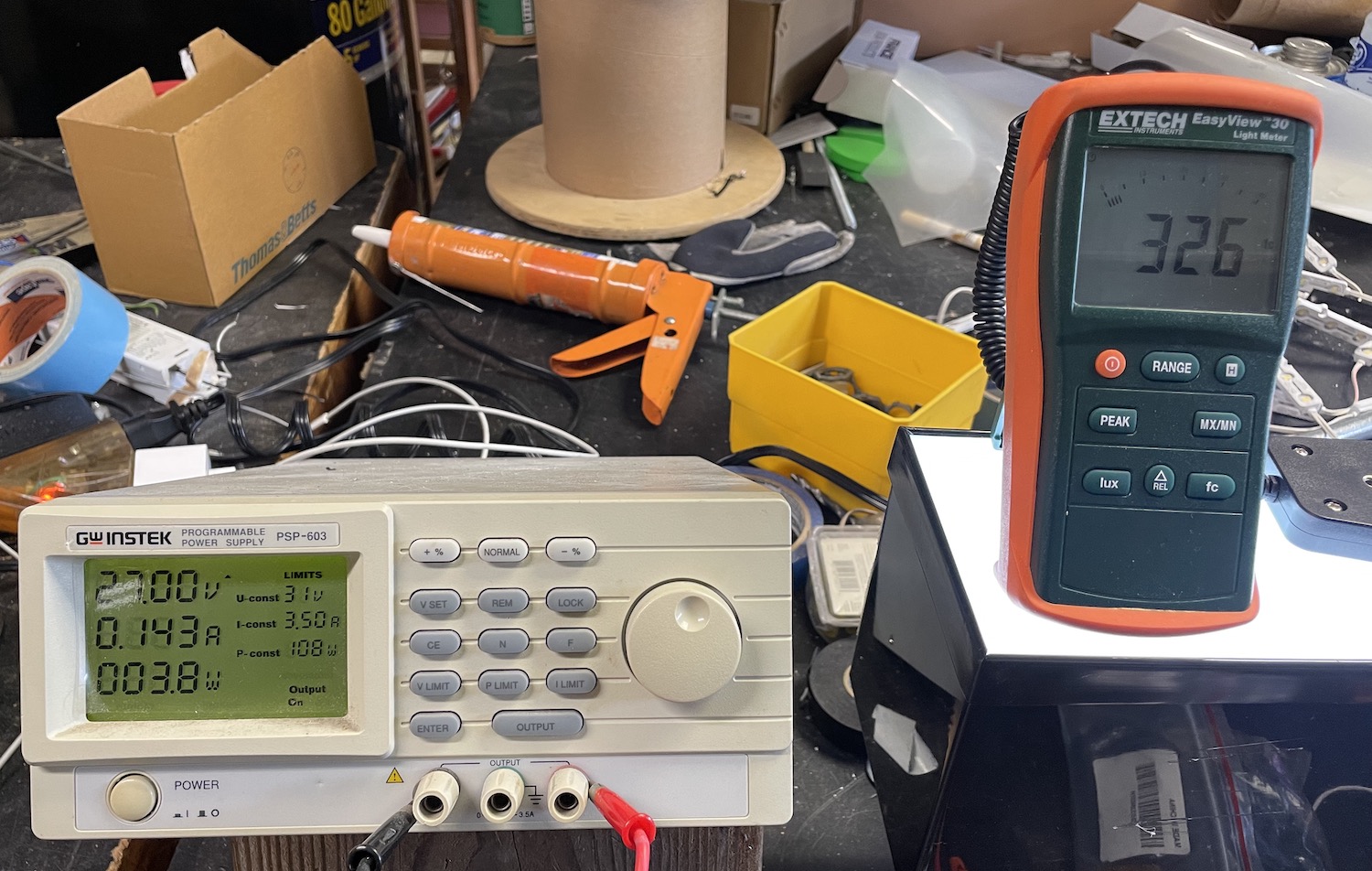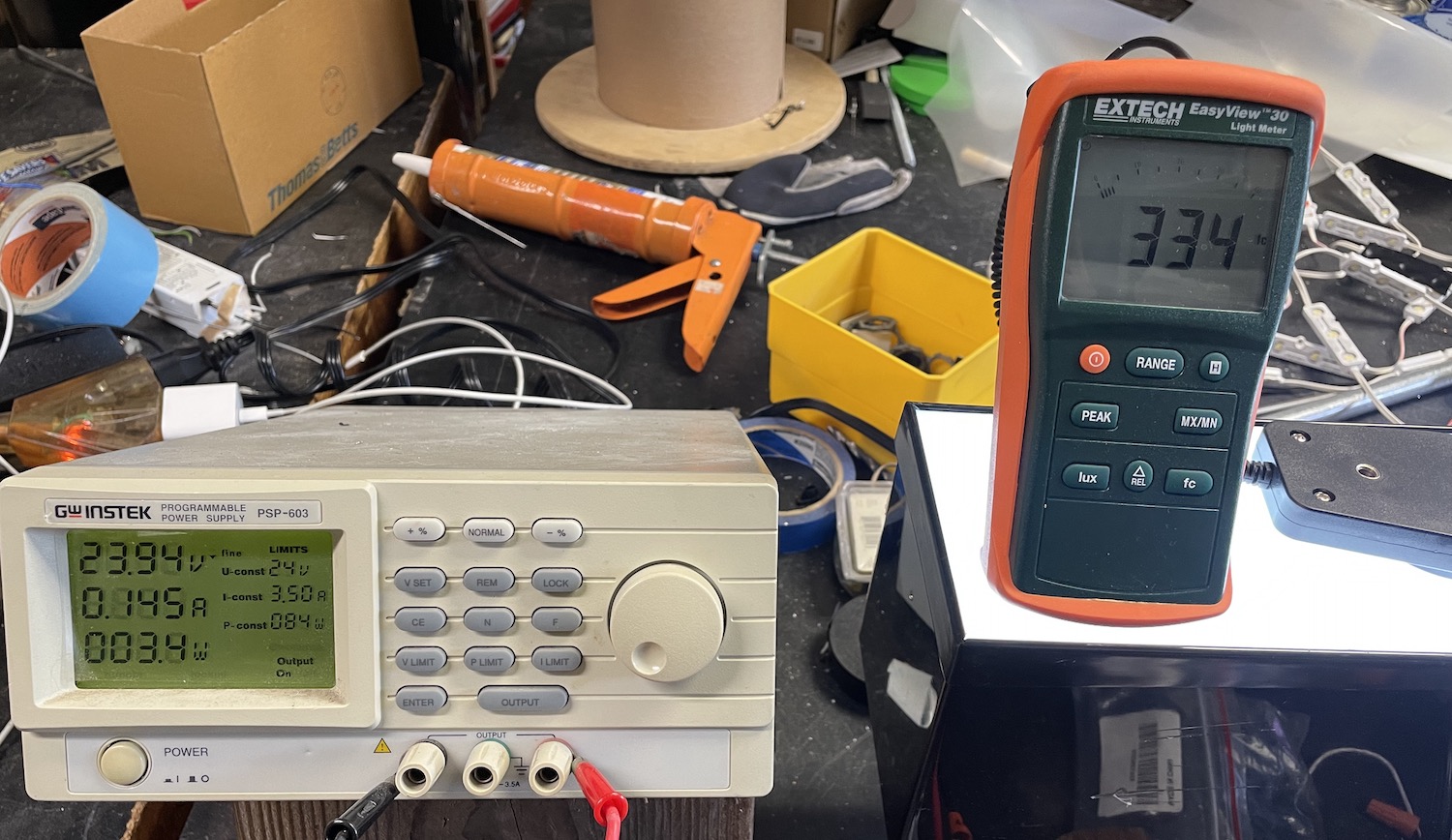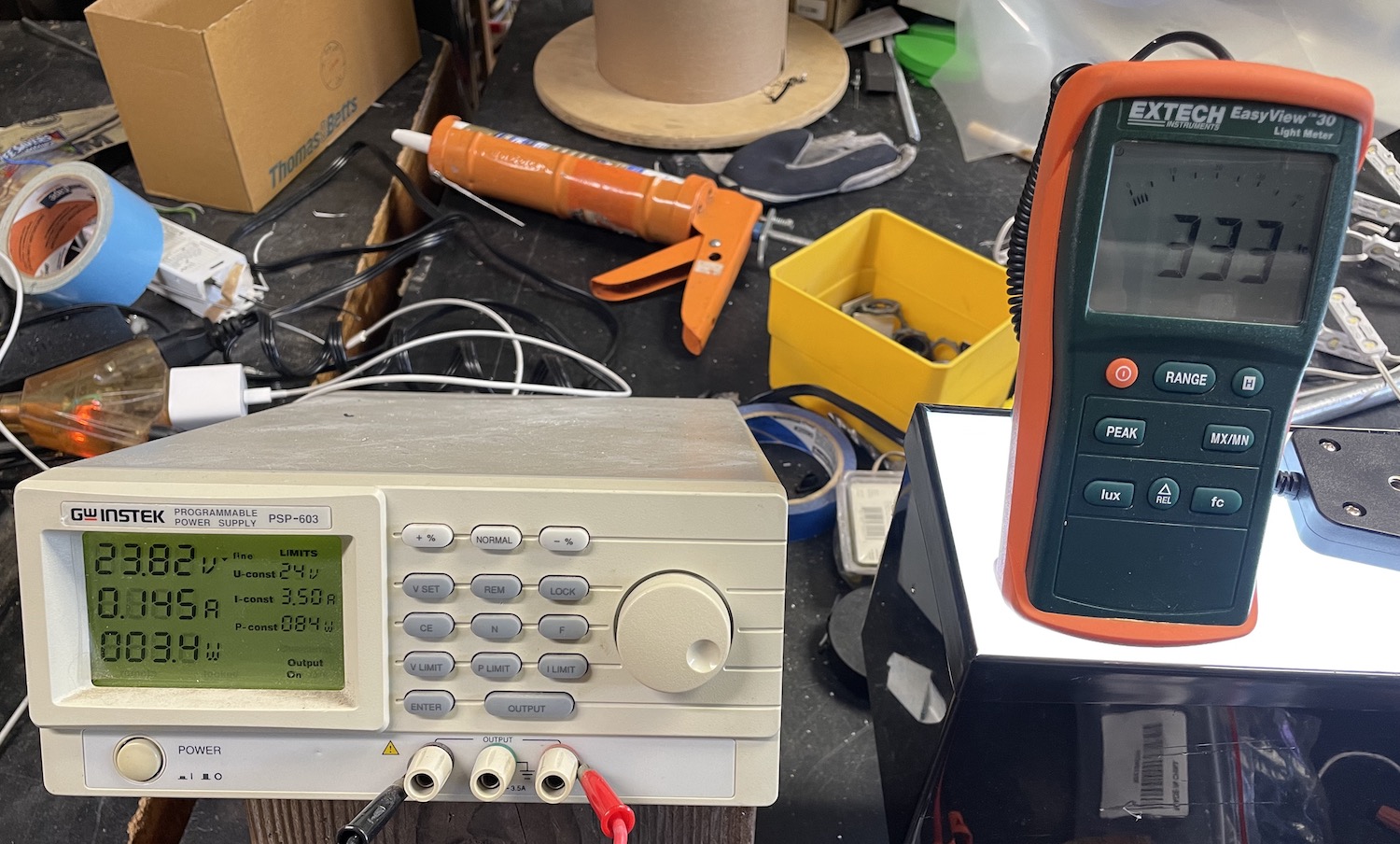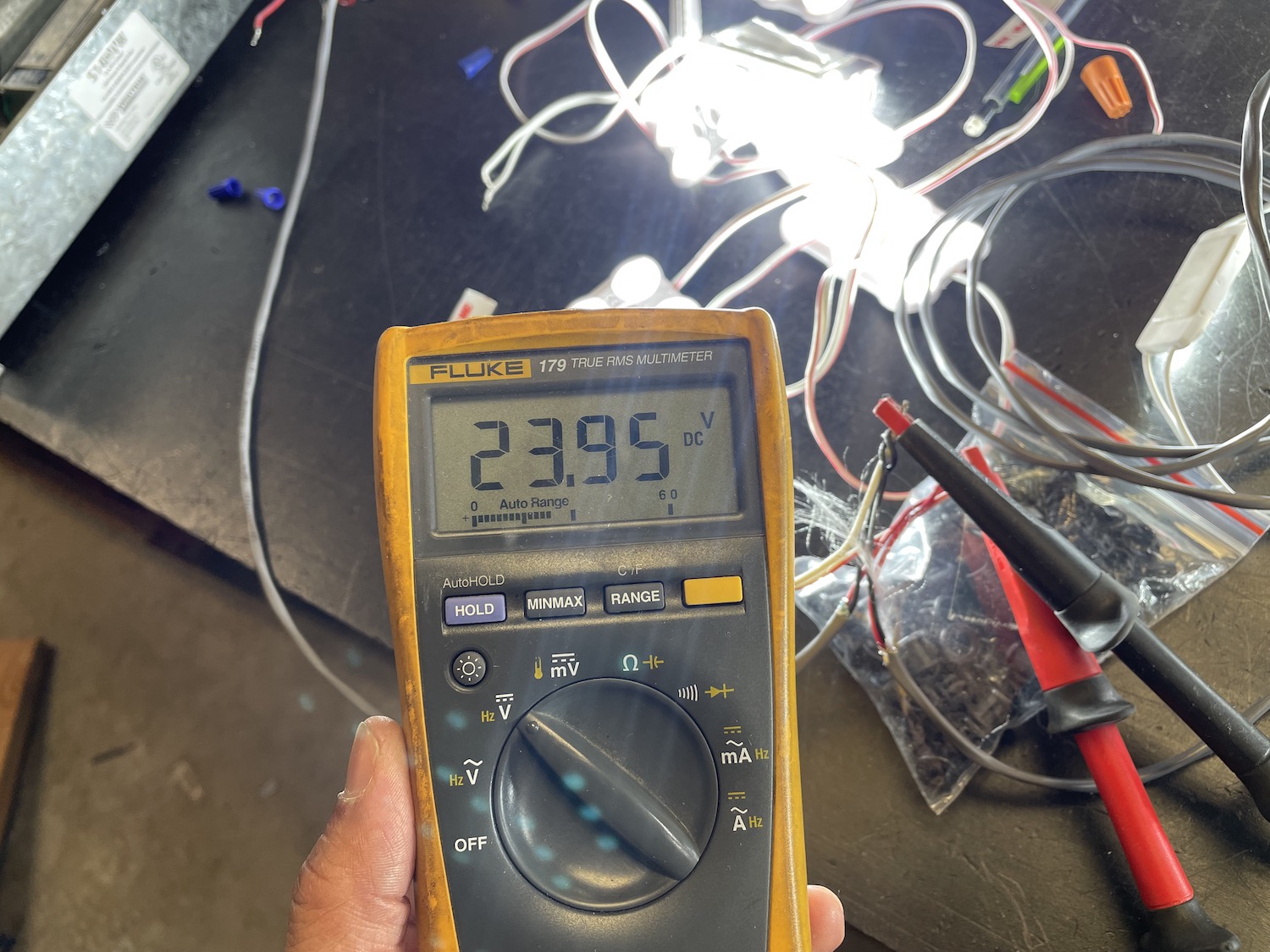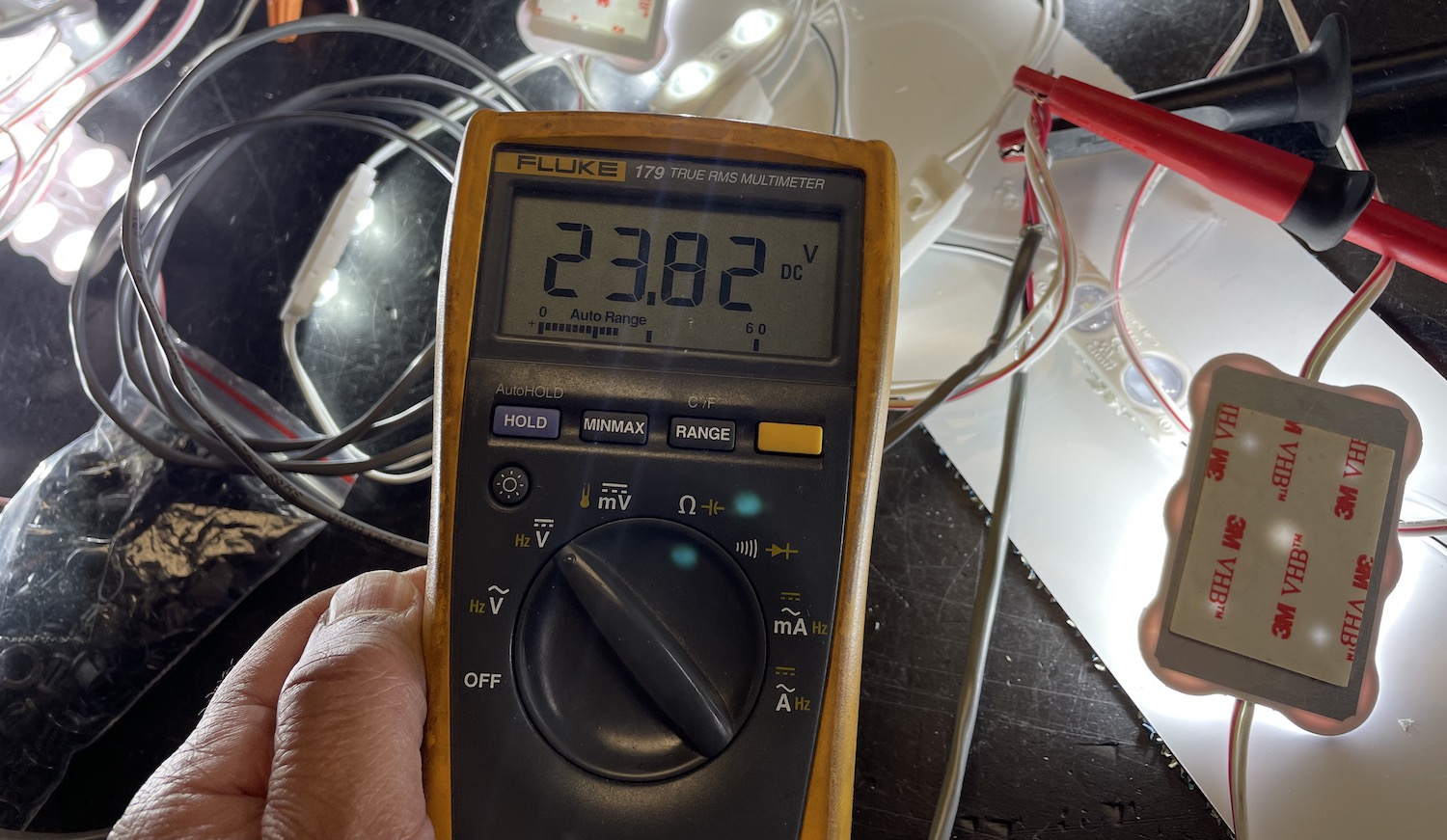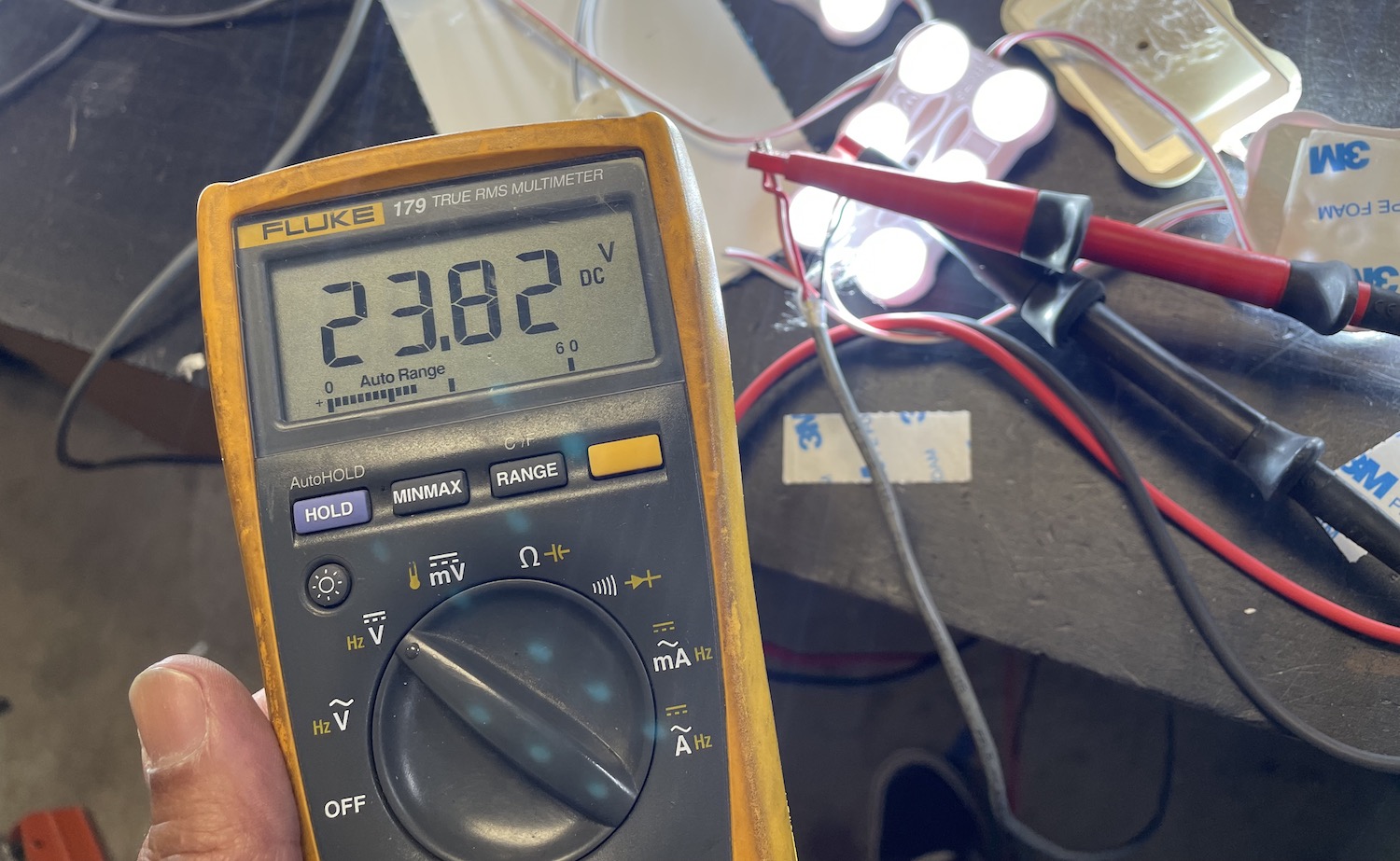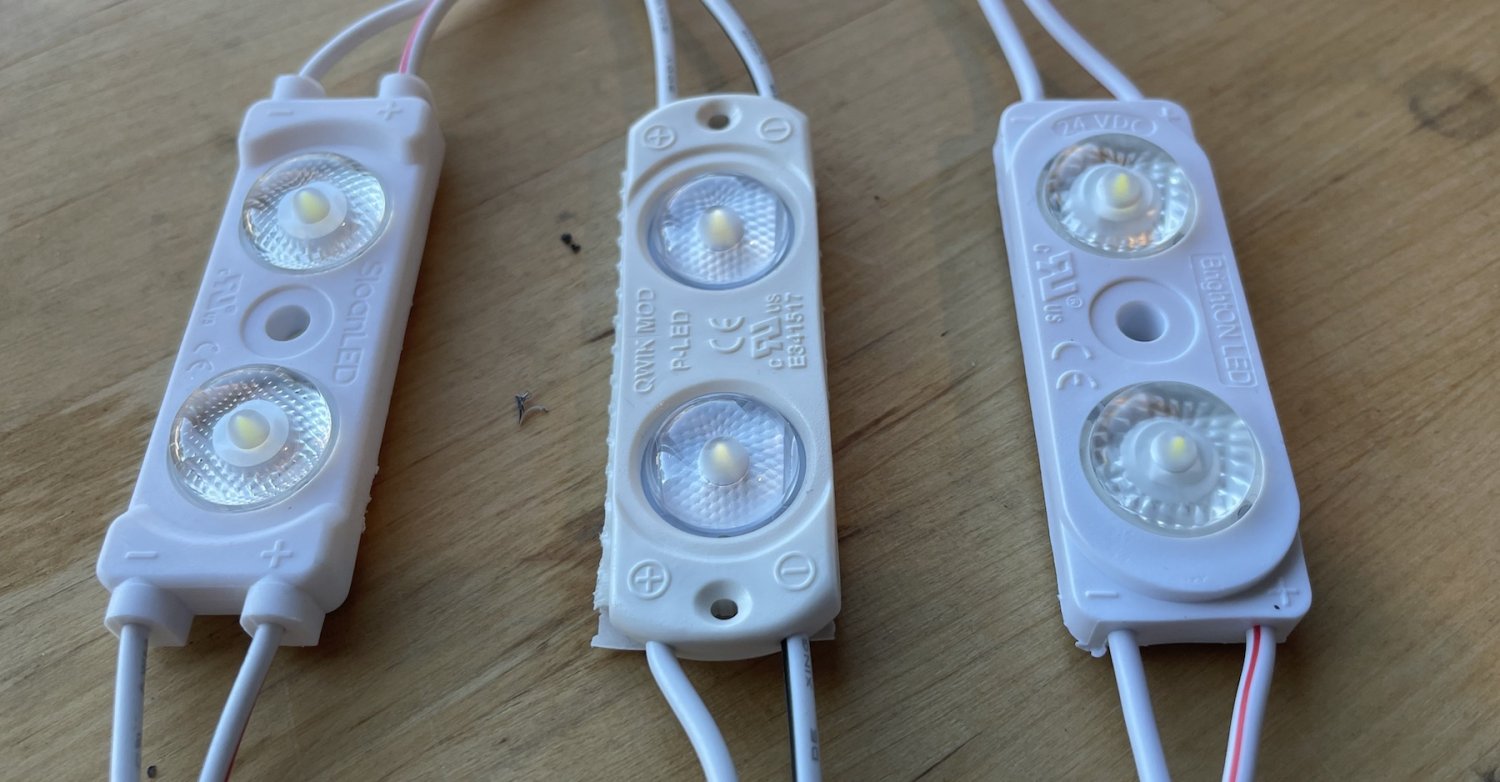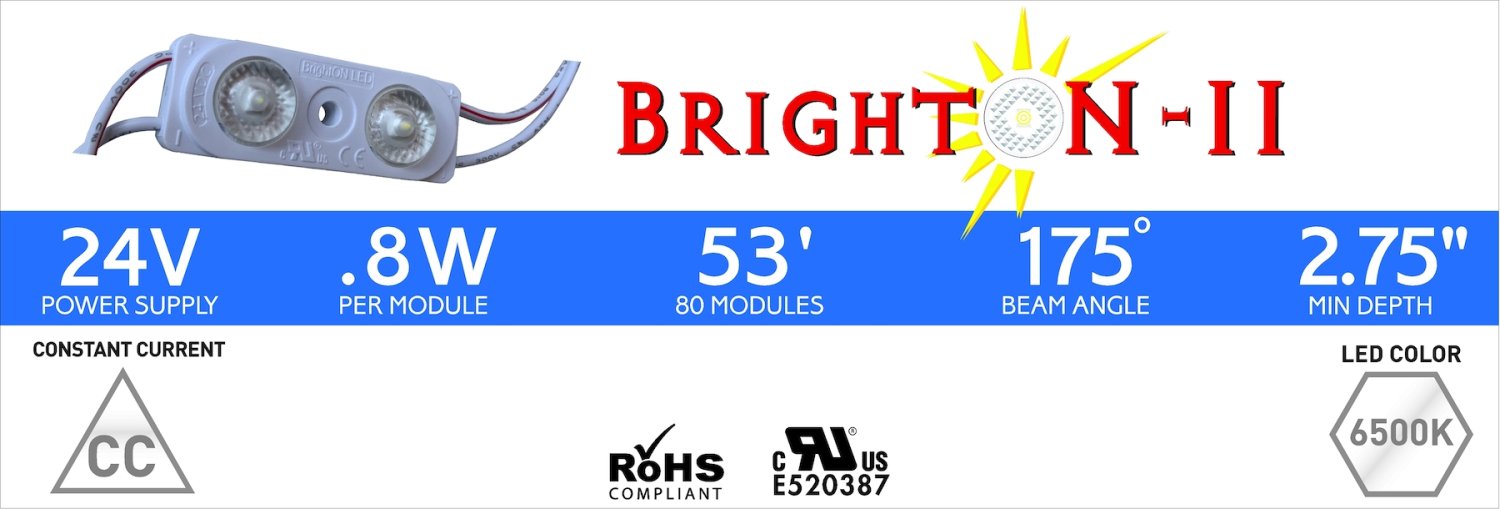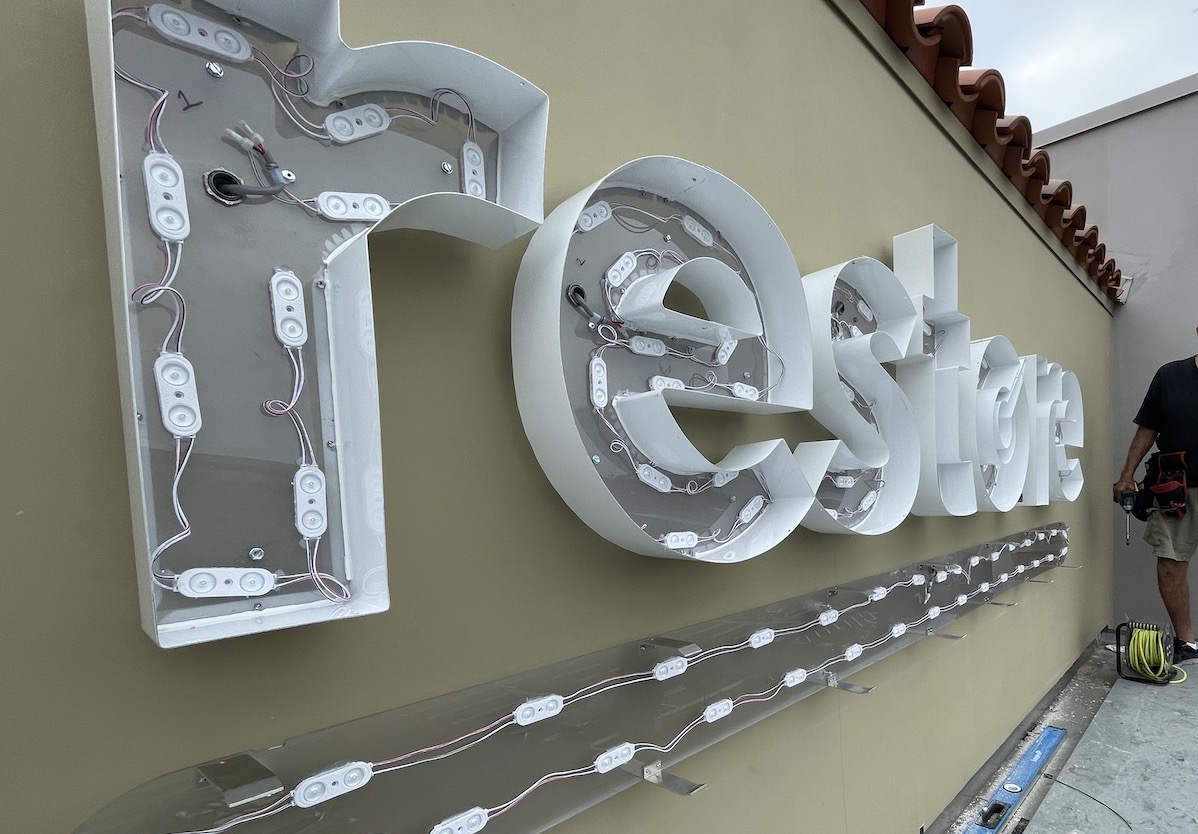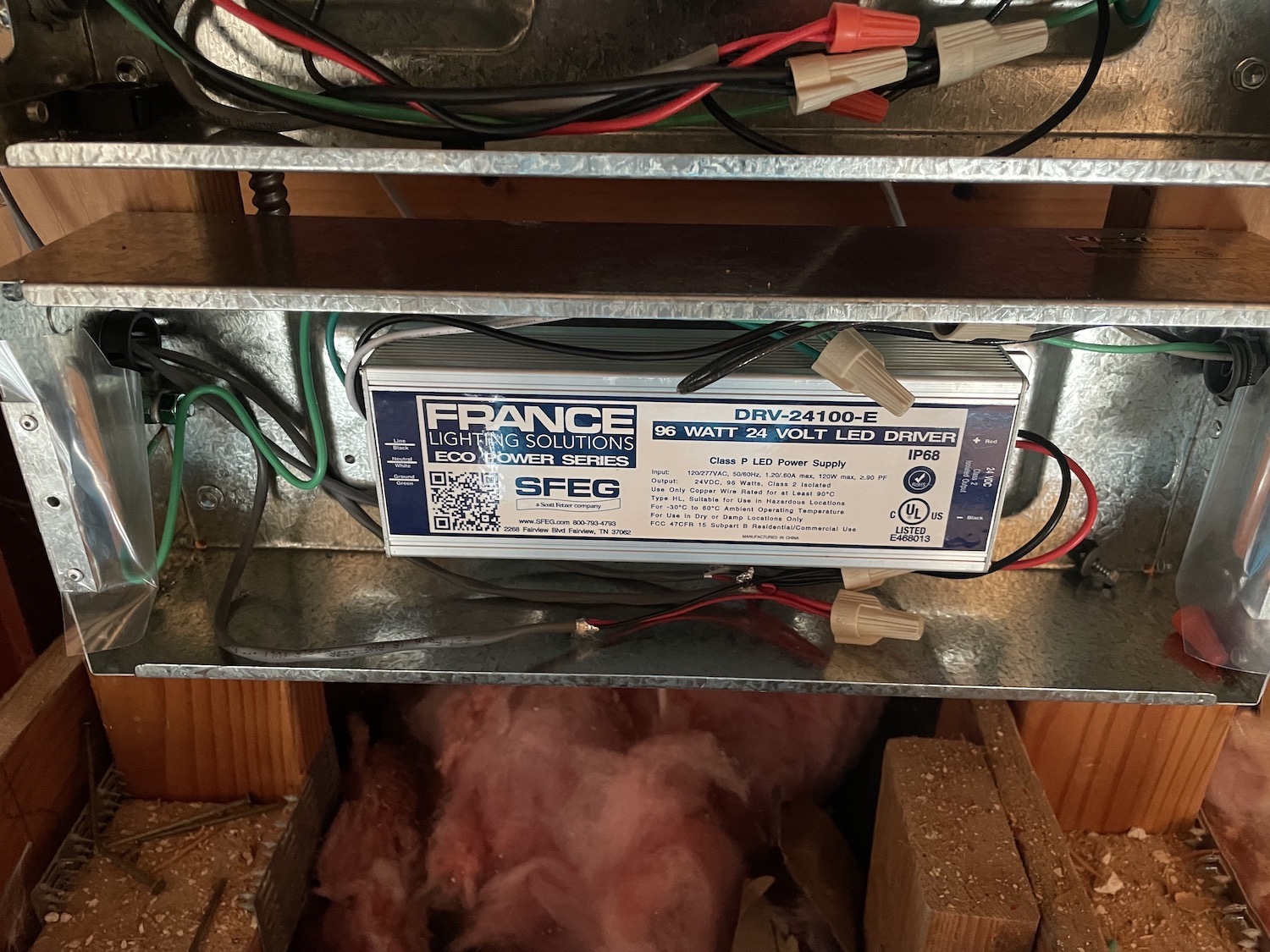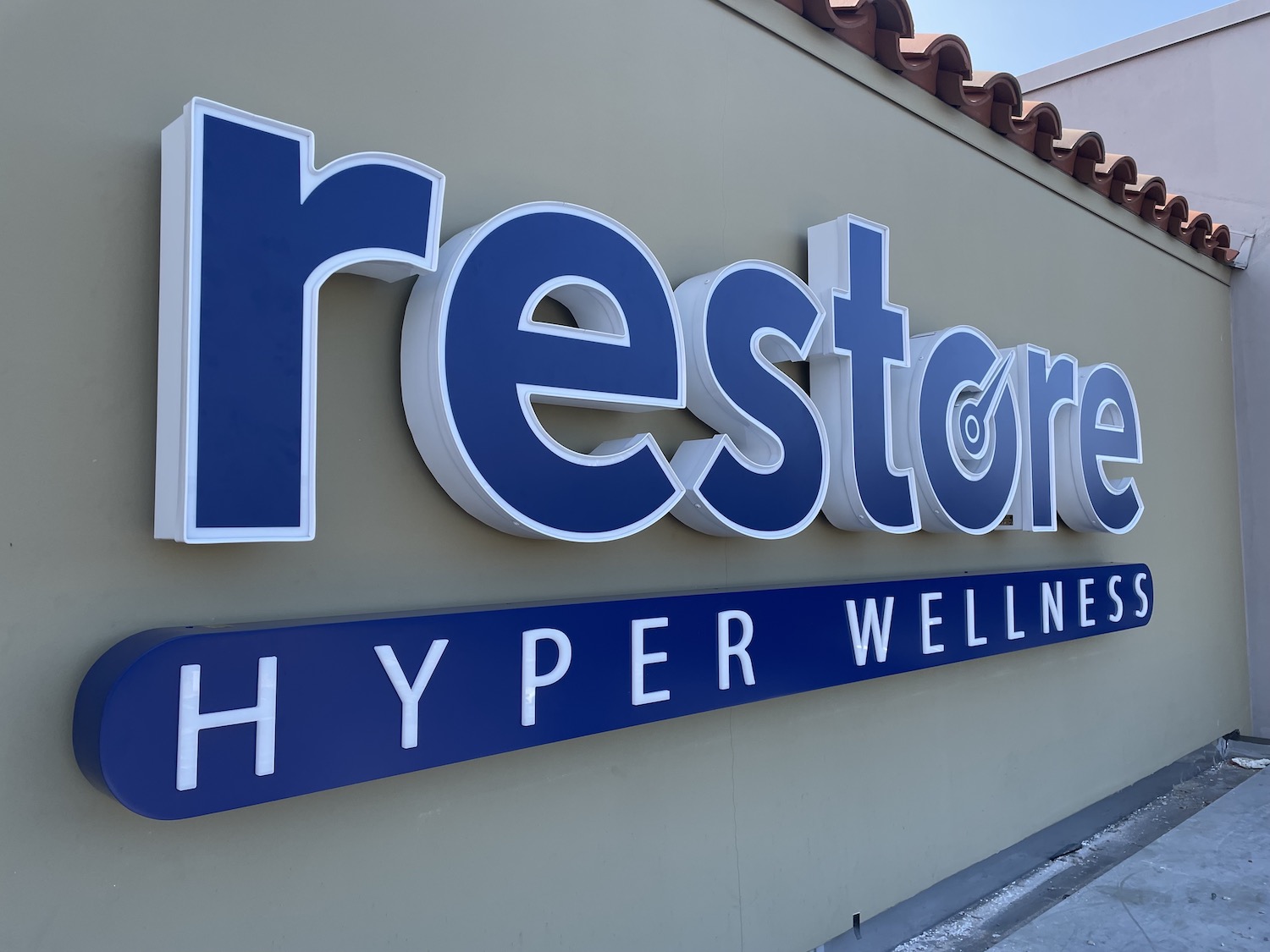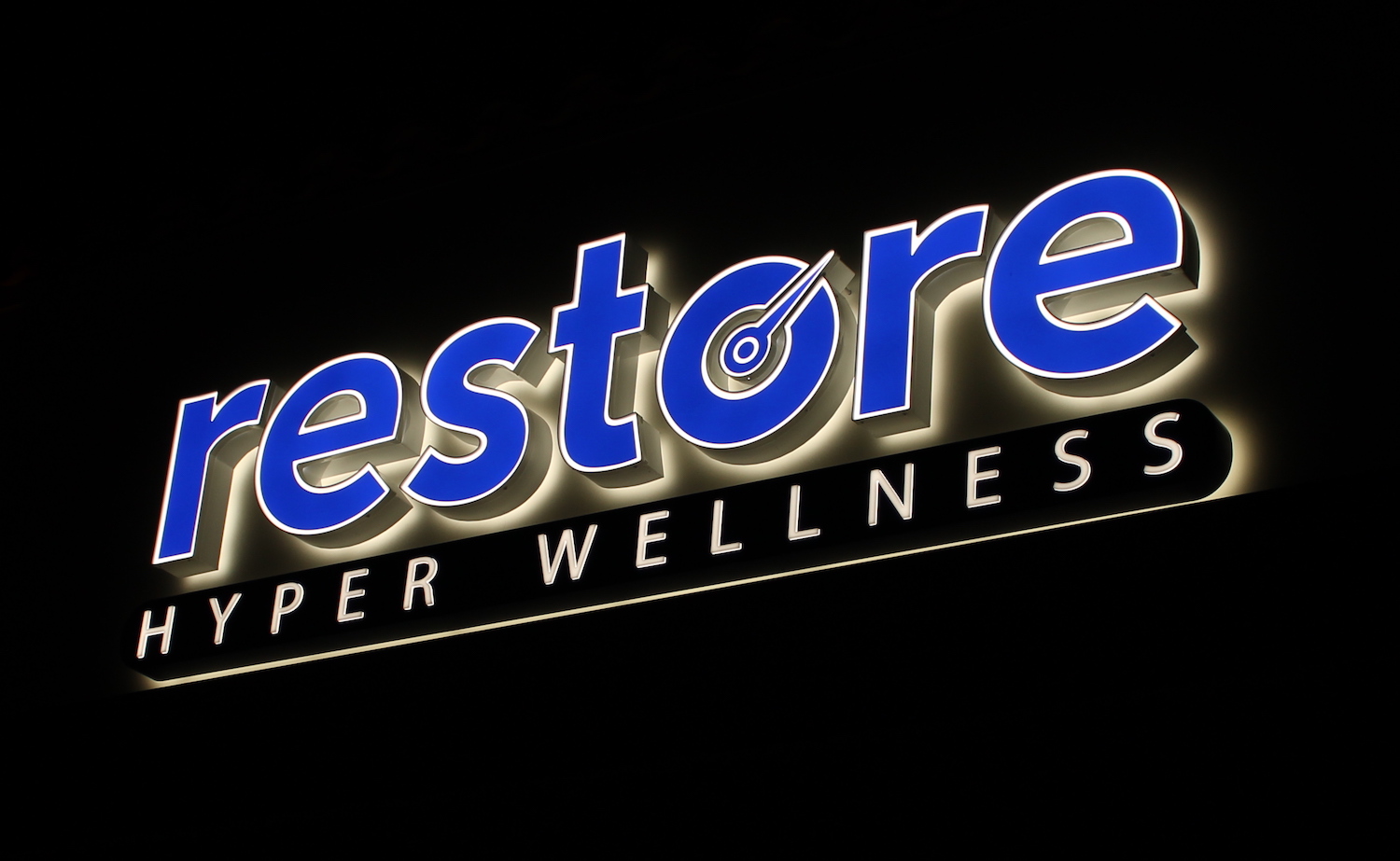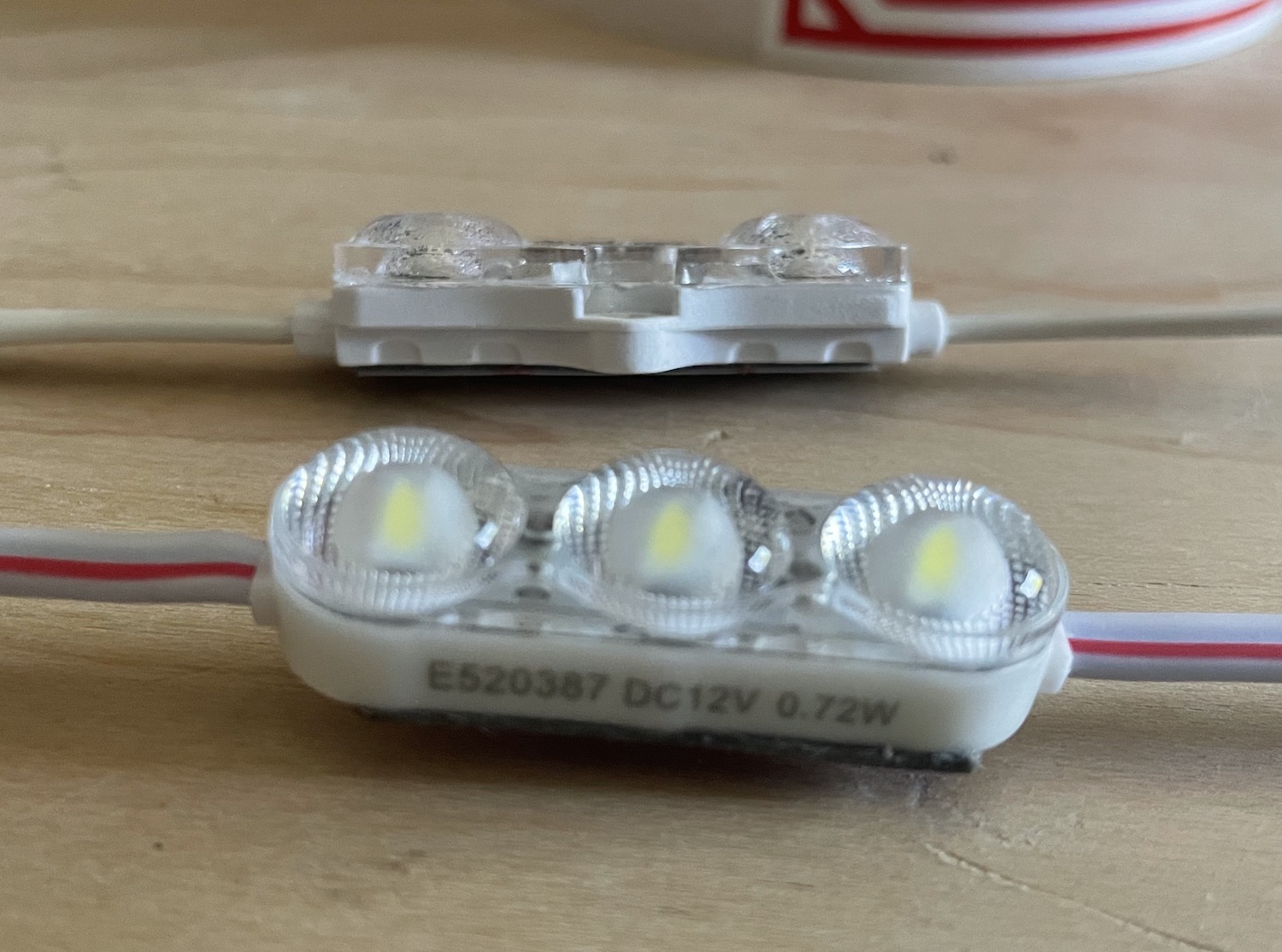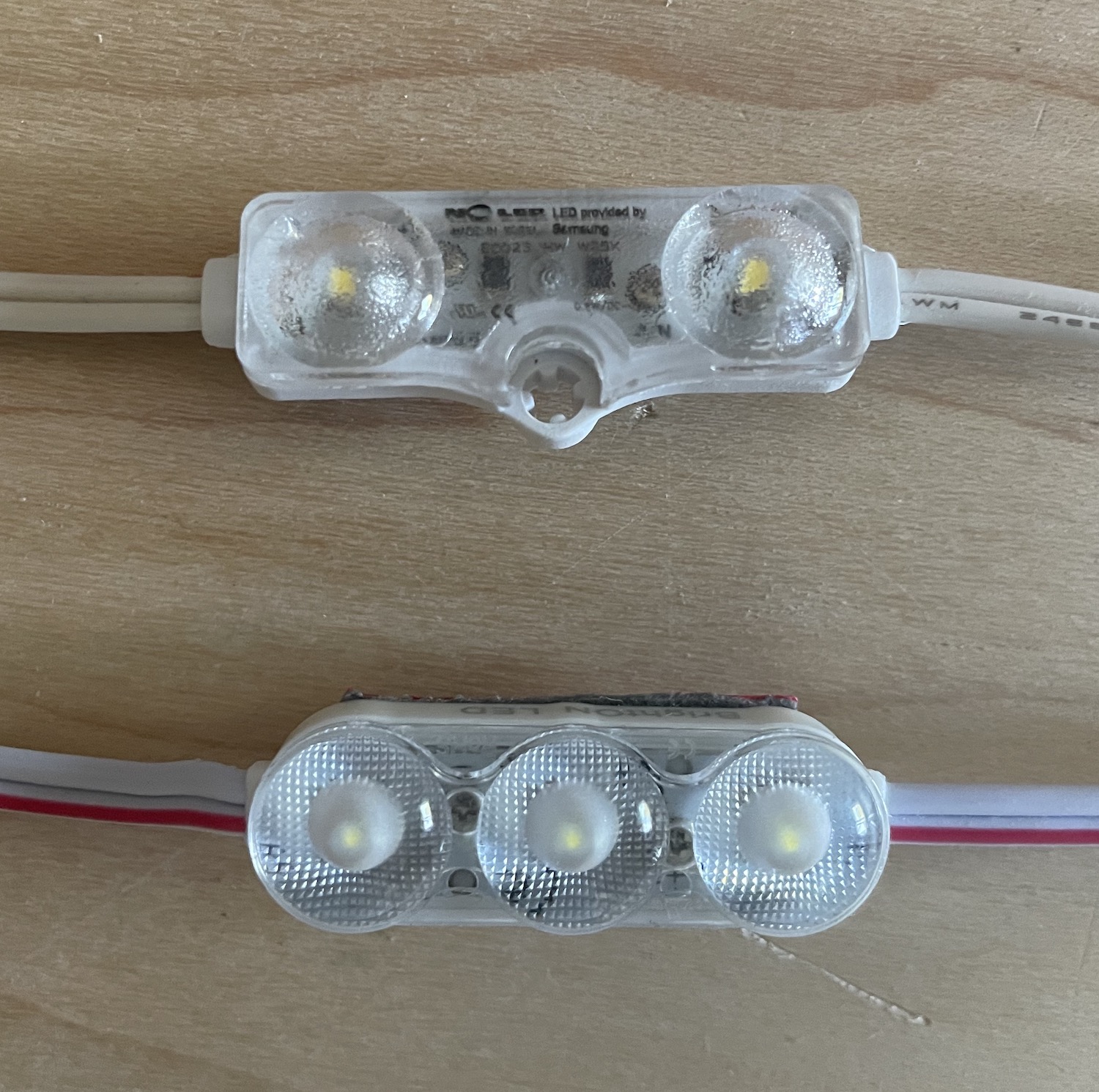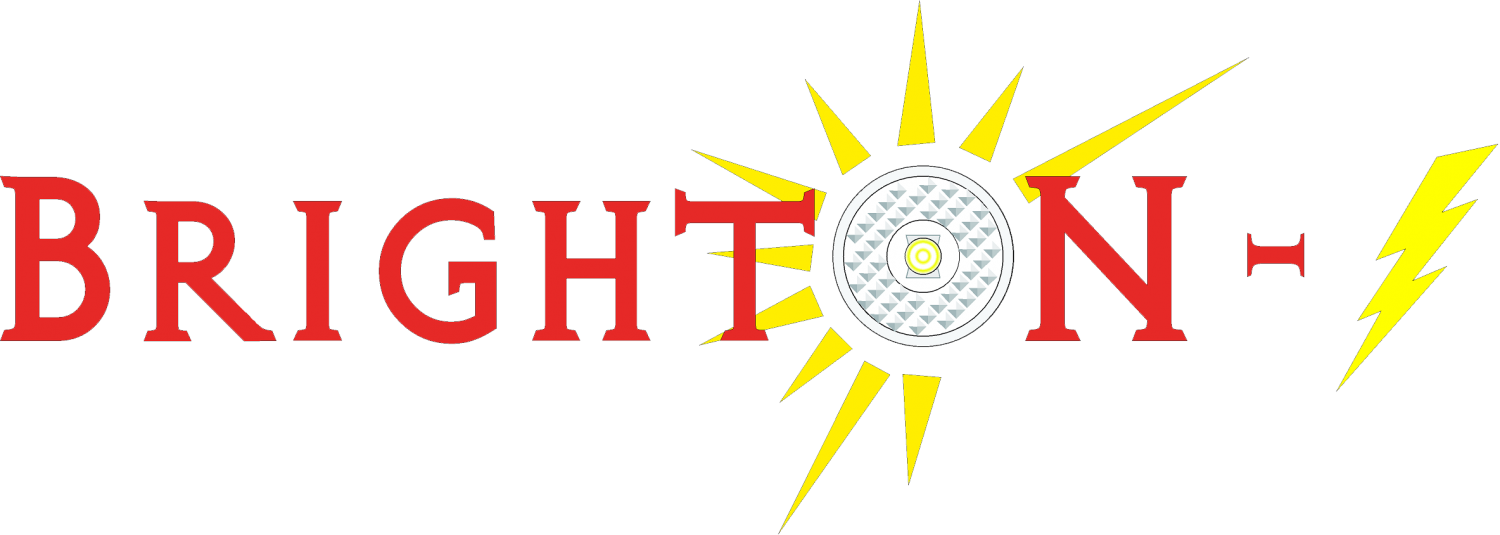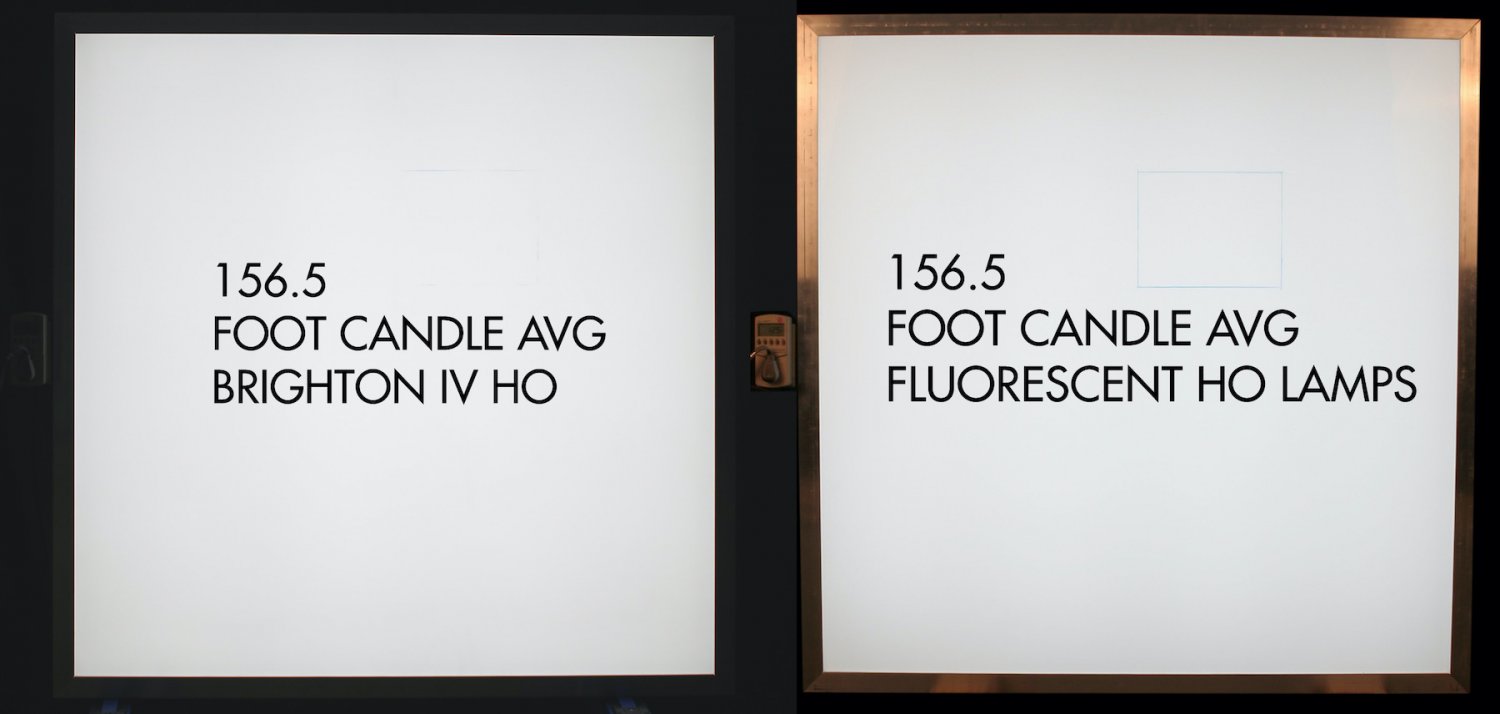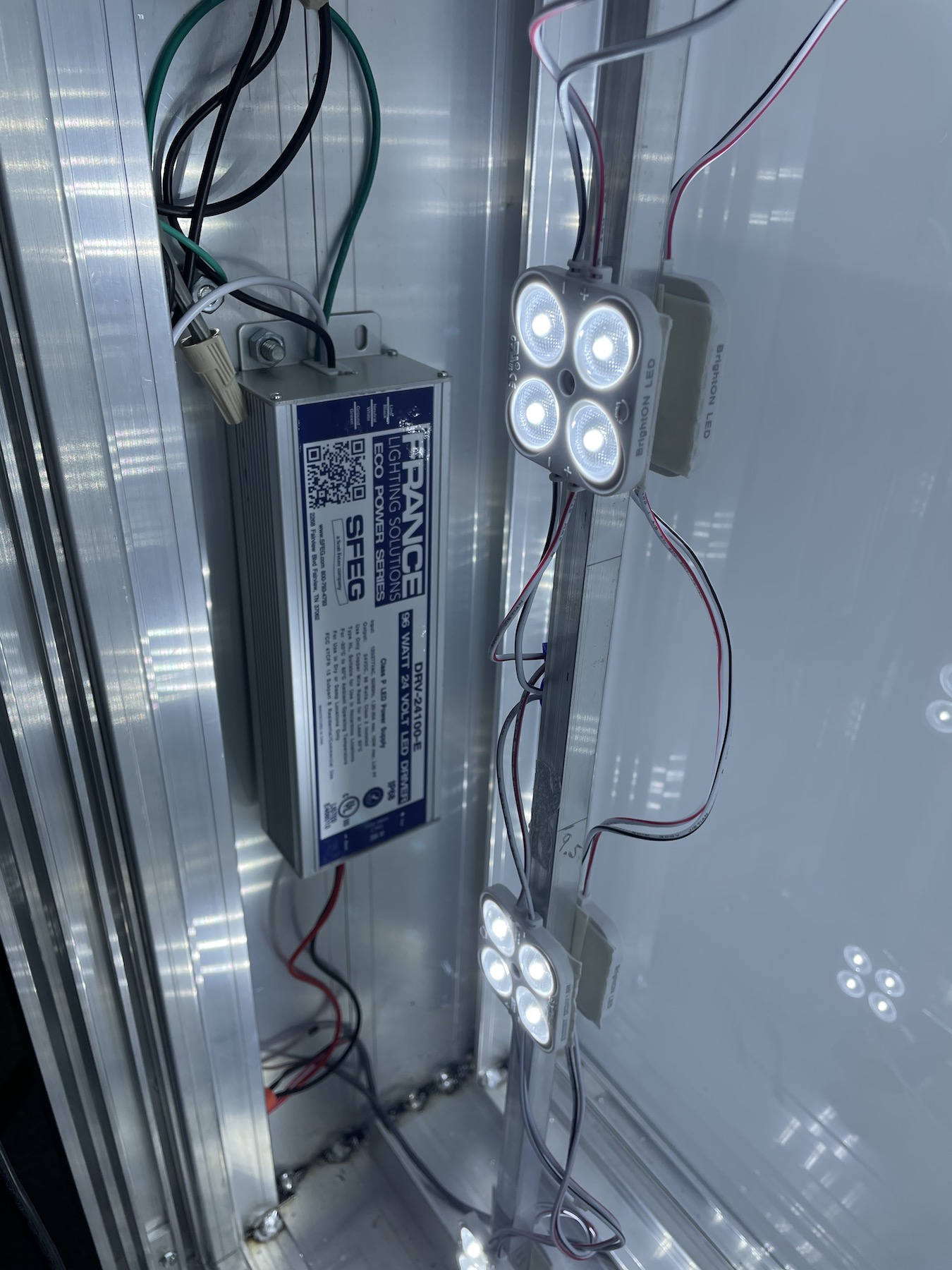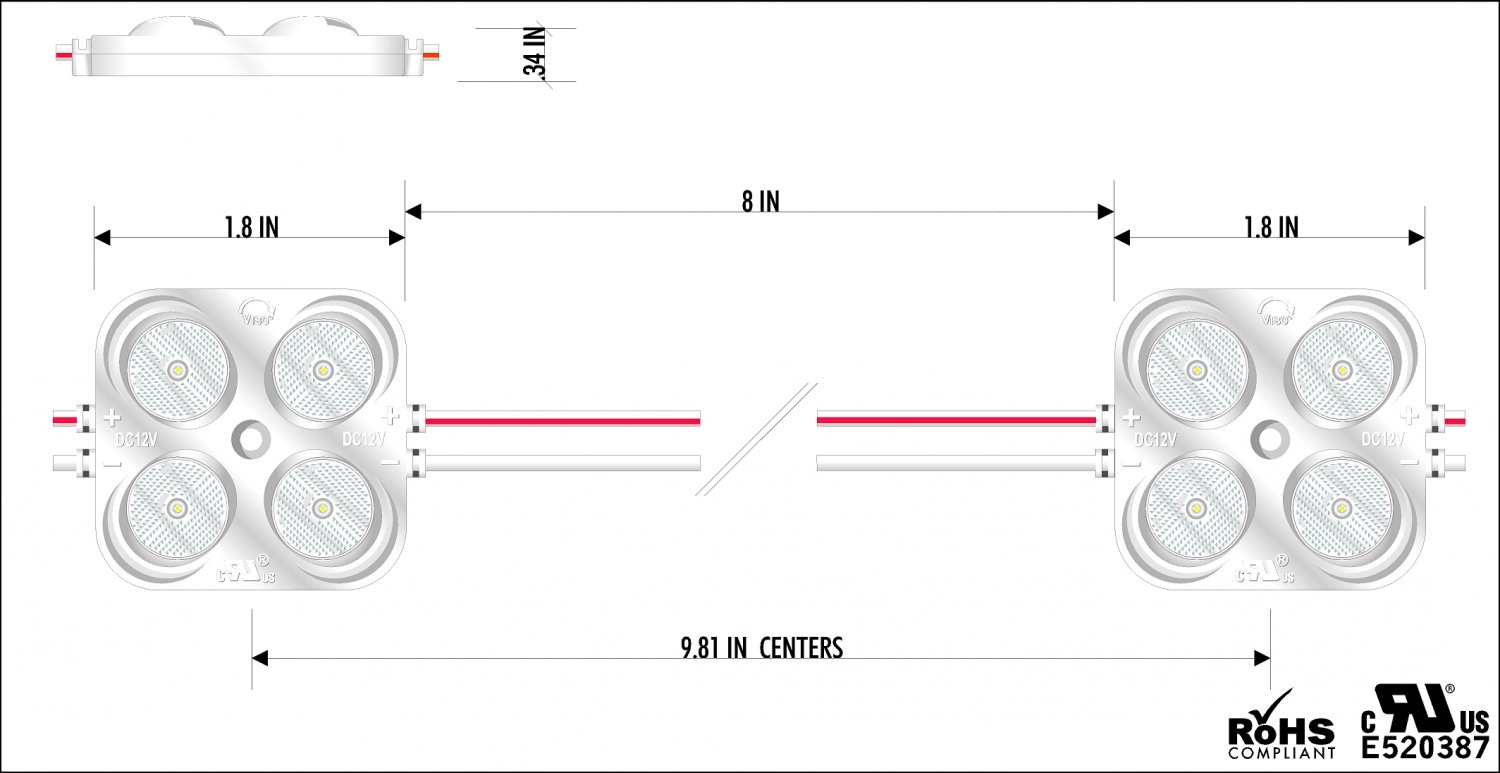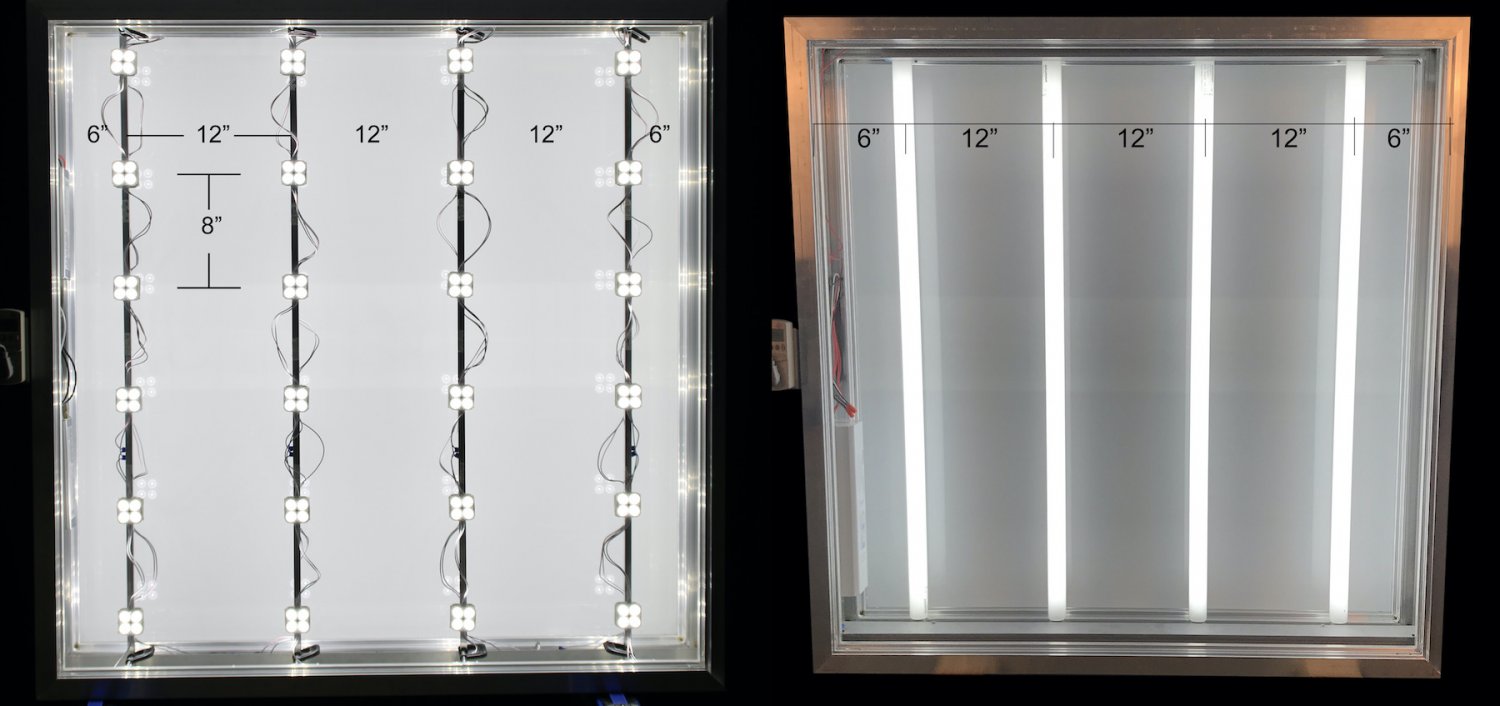ELECTRIC SIGN SUPPLIES
If You're Looking For Premium Electric Sign Industry Components From Trim Cap, LED's, Neon Supplies, Power Supplies, Pattern Paper. Then Please Visit Our Online Store or Feel Free To Call Us For Inquiries or Placing an Order!!
Buy Now
SIGN INSTALLER MAP
Looking for a fellow Sign Syndicate Company Member For A Sign Install or Maintenance Call?
Click Here
For Sign Company's Who Work As Subcontractors
Before You Work For A National Sign & Service Company You Need To Look At The Reviews Of These Companies Before You Work For Them. Learn When To Expect Payment From Them and What It's Like To Work For Them, The Good, The Bad, The Ugly. Learn and Share Your Experiences Yourself For Others
Click Here
Search the Community
Showing results for tags 'brighton led'.
-
The BrightON IV LED Module Our 1.6 Watt 24 & 12 Volt BrightON IV LED Module for all your High End Sign & Lighting Projects. Our BrightON IV is a High Efficiency Super Light Output module made for your Large Channel Letters & Cabinets where you want Competitive Light...NOT Usable Light. BrightON LED is made from within the Sign Industry...FOR the Sign Industry
-
- sign cabinets
- retrofit
-
(and 2 more)
Tagged with:
-
Here's a pretty cool little project using the BrightON Lighting 3000K Mini Modules. The 3000K goes nicely with the Green
- 3 replies
-
- brighton lightning
- brighton led
-
(and 2 more)
Tagged with:
-
The BrightON - II Cobalt Blue A quick little intro video of our newest BrightON - II Cobalt Blue A 12V High Efficiency Blue LED Module Driving at .7w, Constant Current NOT Constant Voltage, Under Driven, 3M VHB Tape NOT Foam Tape...and can be mechanically fastened with a #8 screw if need be.
-
- cobalt blue
- brighton led
-
(and 1 more)
Tagged with:
-
GO BIG or GO HOME!!! Posting some pics of a 22" Deep Pole Sign Cabinet that a customer sent. If you're going to do a large, deep....Double Sided Cabinet or Monument Sign....do it right! No cheesy propietary Stiks, no fake Keystroke Constant Voltage Faux HO LED Lamps....resulting in poor luminance and "Usable Light"... Do it Cost Effective, and do it "Simply".......just chop some angles, tap 'em in and apply some Big Boy SunFires. The costs of using 1"x1" angle, 1" Square Tubing comes out to about $1.75 a foot. 12' Rows spaced just Like real HO Fluorescent Lamps, and space 12" module to module and you'll understand why these are called "SunFire". Sit back and observe the Disgusting amount of light these Magnificent BrightON SunFire LEDs produce! You'll end up with Competitive Light...NOT Usable Light. Using the BrightON SunFire LED Modules for Double Sided Cabinets you're looking at $6.50 per foot for DS, compared to Proprietary Systems costing $13 to $20 per foot Think of the cost saving annually....why pay extra for less light and for method of attachment costs?? Constant Current NOT Constant Voltage for Even/Consistent Lighting....High Efficiency (Light per Power)....Real White...24 Volt & Under Driven for Long Life!!!! How to make this system even better? Team up the BrightON SunFires with some France Lighting Solutions TruPower LED Power Supplies Seeing is BELIEVING!!
-
- electric sign
- sunfire
-
(and 4 more)
Tagged with:
-
The High-End BrightON LED Module Line just got better! The new upcoming Constant Current high color output RGB+White BrightON - Sirius Color Tuning LED Module for Signs, Architectural Elements, & General Lighting . Unlike most RGB+White LED Modules the BrightON Sirius has 8 dedicated color LED Diodes, not shared LEDs under a single lens. With 8 dedicated LEDs on a single module your color palette and light intensity will be much larger. This is REAL Color Tuning Our 6500K True White BrightON LED Modules have been sick enough as is, now you'll get that same High Efficient True White Chip on board the Sirius Module. These modules are IP68, 24 Volt for longer runs and longer module life, Constant Current NOT Constant Voltage, Potted for the elements. Can be controlled by RGB+W Controllers as well as DMX & SDI Options. We look to have these finished up and ready for the industry by Late February 2024 Check out the video below
-
The BrightON-II Ruby Red vs Principal LED Qwik Mod Red ShootOut So, we got some interesting feedback from our last Shootout between the .8w 24V BrightON-II, .8w 12V Principal LED Qwik Mod 2, & .96w 12V Sloan's Value Line 4. Confusion First and foremost...We are from the Sign Industry as Fabricators & Designing and we will continue to build LED systems from that view point.... There seems to be a lot of confusion in the air with our industry as some were quick to say the comparison was bad because the BrightON II LED module was 24V compared to the rest only being 12V. There was also confusion when I explain that the BrightON II LED Module was way more light efficient. Let's take the first one. There is nothing about a 24v LED Module that makes it brighter over a 12V if they are both .8watts each, the only difference is 24v is double the voltage, but half the current of a 12v LED Module....just as a 12v LED module is half the voltage but double the current of a 24v LED Module. What's important about the 24v BrightON LED line is that they are built to last (and we have 12V LEDs too), that being said....we design for 24 volt system because it means the module is taking half the current through the system which means it's getting half the resistance and heat of a 12v LED Module. Lesser heat and resistance means longer life. LED's HATE heat! The second part, when I say Light Efficient, I don't mean it's "Energy Efficient" for the client. I'm saying the quality of the LED chips (Diode) is such a high quality that it requires very little power in for more light out. In other words the BrightON II Led Module, is producing more light for the same power as the Principal Qwik Mod 2, or lesser power than the 1 watt Sloan Value Line 4. This means the BrightON is built with higher quality. BrightON LED is building Quality, NOT Quantity. BrightON LED is building lighting components for Competitive Light, NOT....Usable Light. And it's producing more light being under driven, NOT overdriven to produce more light, hence the BrightON II .8watt produces more light than the .96watt Sloan Value Line 4. Alright, enough of that. Now we enter the .8w 24v BrightON II Ruby Red vs Principal LED's Red Qwik Mod 2. The Shoot Out Principal LED Qwik Mod 2 Red (Left), BrightON II Ruby Red LED (Right) The Benchmark Comparison Details Similar to the last comparison, not much changes. Both are contained in a 24" x 4.25" x 5" Channels. The faces are 1/8" 2283 Red by Plexiglas MC Grade. The BrightON II Ruby Red LED is .8watts per module and a 24volt module, the biggest difference is that the module is Constant Current, NOT Constant Voltage, the wiring is also 18 AWG. The Principal Qwik Mod 2 Red LED is also .8watts per module and is a 12V module with a contact voltage system. The wiring is 20 AWG which will have voltage loss for long long runs and jumps that are involved with Channel Letter lighting that will lead to dimmer lighting at certain points in jump from the Power Supply Both modules are spaced equally, 6" OC, 3" from the ends. The Results Well, the results are significant...... The BrightON II Ruby Red is significantly to say the least, WAY more Light efficient than Principal LED's Qwik Mod 2 Red. The BrightON Ruby Red has double the Luminance (Light on a surface) than the Principal Qwik Mod 2 Red. The Foot candles per watt are also double. If you had two signs with the same name "Rug Depot" and they were both side by side, the difference at night would be HUGE. You could even say we could space the modules of the BrightON Ruby Red out much farther to use lesser modules and the sign would still be brighter and the Qwik Mod 2 Red and the Cost of Operation would be much less. We could even be so bold to say that we could down size the wattage of the BrightON Ruby Red to a .6w or .5w module and still be brighter than the Principal Qwik Mod 2 Red. Constant Current vs Constant Voltage Basics As explained before... Constant Voltage Let's talk about the Constant Voltage LED System and how it affects Sign Applications and Projects. CV LED modules only use Resistors to protect the system, this is minimal. Sometimes LED Power Supplies can kill these Systems especially when not loaded right. A lot of LED PSU's (LED Power Supply Units) vary in the voltage out, or secondary. Some Secondaries can output about 12.15 to 12.24, sometimes slightly higher. That fraction of a volt makes the LEDs run hotter and the brightness of the LED goes up beyond the intended purpose. Also, if you light a string of say 25 LEDs, the first module takes a bigger hit than the last LED module on the string, also the light output of the first module is brighter than the last. You will have inconsistent lighting of LED modules on long strings when it comes to CV Modules. Fractions of a volt dim the LED modules from string to string or Jump to jump. Constant Current With Constant Current LED systems, each module has a current regulated by having an on board CR Chip. What this does is govern the current, in short....it's extra protection. How it differs is, unlike CV LEDs, where the last LED module on a string of 25 will be just as bright as the first module on that string. Also, going over the intended voltage will not affect the light output or life that it will with CV LED. CC LEDs assure consistent brightness throughout your sign, and longer life than a CV LED Module where they can be overdriven Loading Advantages With the 24v BrightON II Ruby Red LED modules, you can load 120 modules on a single channel 96watt France Lighting Solutions Led Power Supply. On a 12v system you are limited to a single 60w channel which will give you about 63 modules being on the safe side. In Closing The Results Speak for itself.... This is not to take away from what light the Principal Qwik Mod 2 Red produces, it's decent, it's your average red creating usable light. But it's Constant Voltage and it uses 20AWG wire for it's system which will further voltage loss when used for channel letter lighting along with dimmer light with that voltage loss. The BrightON Ruby Red is just a High-End module producing premium light for the same power compared to most modules on the market today. I'll say again....first and foremost...we are from the Sign Industry as Fabricators & Designers and we will continue to build LED systems from that view point....NOT, the other way around If High-End, Long Life, Competitive Lighting is what you want to integrate into your Sign & Lighting Projects for your clients, then the BrightON LED line is what you want...
- 2 replies
-
- principal led
- brighton led
-
(and 2 more)
Tagged with:
-
So….What makes the High-End BrightON LED Series Kick Ass? Well.....we'll show you! Let’s go over a few quick specs first and how they differ from a few of the major brands out on the market right now. For this purpose we compared the BrightON II to Principal’s Qwik Mod2, and Sloan LED’s Value Line 4, or VL4 as most know it as. The Shoot Out Sloan LED Value Line 4 (Left), Principal LED Qwik Mod (Center), BrightON II LED (Right) The Benchmark Comparison Details Each Channel is 24” L x 4.25” W x 5” Deep. Why 4.25” Width? Well, because the standard told you that each stroke of Neon should hold for 4”, at 6” or 8” you would add another. The acrylic face is just a simple 1/8” #7328 MC White. The module spacing for all modules is also the same at 6.5” OC The first thing you should know is that the BrightON II is Constant Current Module, NOT Constant Voltage. Both the Qwik Mod2 and VLT 4 are Constant Voltage. We’ll get back to this part in a bit, and maybe we will follow through in a separate article when it comes to CC vs CV and what the pro’s and con’s are. The BrightON II uses 18AWG for the module system wiring, the Qwik Mod2 and VL4 both use 20 AWG, so they will both incur some voltage loss in longer string strands, especially if it's s shop who likes to load 30 to 50 modules on a single string, this 20 AWG wiring doesn’t not help a Constant Voltage LED System, this works against it. The BrightON II is 24V, the Principal LED Qwik Mod 2, and Sloan VL4 LED modules are 12V. With 24V you have half the current flowing across the system, which in turn means less heat and resistance than a 12V system. This also means, longer life. The BrightON II is .8 watts per module, the Qwik Mod 2 is also .8 watts per module, the Sloan VL4 however is a higher wattage module at .96 watts. Usually higher wattage means higher light output. The Surface Lighting Results Since we’re in America, we’re using Foot Candles to measure Light Output, in a measured off area on each acrylic face (6” x 4.25”) we use an ExTech Light meter to measure the High and Lows, just like we have done in all past Benchmark Lighting Comparisons such as The Great White Hope, The Red Light District, & Blue Light Special. We add both measurement (High's & Low's) numbers together and divide by 2. i.e. FC High of 232 + FC Low of 226 = 458 FC. 458 FC / 2 = 229 FC, or 229 Foot Candle Average. As you can see, for the same power modules, the BrightON II is 29% brighter on the sign surface (Luminance), and 17% brighter than the higher wattage Sloan VL4. Lastly, let’s look at the Foot Candles Per Watt. This is the amount of light per watt on the acrylic or sign face surface. This illustrates the efficiency of each module, or light output per water being consumed. Depending on the quality of the chip, some will produce more light than others consuming the same amount of power. The BrightON far exceeds the Principal Qwik Mod 2, and the Sloan Value Line 4 in light efficiency. Constant Voltage Now let's talk about the Constant Voltage LED System and how it affects Sign Applications and Projects. CV LED modules only use Resistors to protect the system, this is minimal. Sometimes LED Power Supplies can kill these Systems especially when not loaded right. A lot of LED PSU's (LED Power Supply Units) vary in the voltage out, or secondary. Some Secondaries can output about 12.15 to 12.24, sometimes slightly higher. That fraction of a volt makes the LEDs run hotter and the brightness of the LED goes up beyond the intended purpose. Also, if you light a string of say 25 LEDs, the first module takes a bigger hit than the last LED module on the string, also the light output of the first module is brighter than the last. You will have inconsistent lighting of LED modules on long strings when it comes to CV Modules. Fractions of a volt dim the LED modules from string to string or Jump to jump. Simulation We simulated this small sign using 18 AWG wiring hooked up to measured LED Strings. We took a 12V PSU and hooked it up to three groups of LED Strings with Similar Loads to represent individual channel letters I also drew up a illustration to show you what we did for our benchmark test, and what his benchmark is representing. If you look at PSU 1, you'll notice that like most of how these signs are installed, the PSU goes to the first two letters of a group we'll call Jump 1, which is about 5' to 6' secondary cable length coming from the LED PSU, and extension or jumper to the second group also 6' cable length, and to the third also 6' from Jump 2. We took a volt meter and measured what the voltage was at each jump point. Keep in mind, this much smaller than how signs are installed in the field, the secondary wiring used to crimp led string in letters then to jump points ins much longer as we all know, jumps are also much longer. But this is a simple bench mark, we're not going extreme. Jump 1 Voltage Measurements 11.89 Volts Jump 2 Voltage Measurements 11.66 Volts Jump 3 Voltage Measurements 11.62 Volts So, now that we have our voltage measurements of each jump, we'll use those voltage numbers to illuminate a channel to show you how the light output is affected using by the voltage drops on a CV system. We used a LED power Supply where we control the voltage, also using a ExTech Light meter. Jump 1 @ 11.89 Volts = 240 Foot Candles Jump 2 @ 11.66 Volts = 226 Foot Candles Jump 3 @ 11.62 Volts = 224 Foot Candles Like I said, this is a smaller version than what can happen in the field of installation where there is longer runs and jumps of secondary cable. It's common to see 11volts at some points or jumps. If we take this power supply down to simulate 11 volts, the light output drops to 190 Foot Candles. Now let's go the other way, let's go 12.24 Volts. 260 Foot candles, and climbs with each fraction of a volt up. Not good for LED Modules Constant Current With Constant Current LED systems, each module has a current regulated by having an on board CR Chip. What this does is govern the current, in short....it's extra protection. How it differs is, unlike CV LEDs, where the last LED module on a string of 25 will be just as bright as the first module on that string. Also, going over the intended voltage will not affect the light output or life that it will with CV LED. CC LEDs assure consistent brightness throughout your sign, and longer life than a CV LED Module where they can be overdriven Let's show you the second part to this illustration and benchmark The 24V BrightON II Content Current LED Module Simulation Jump 1 Voltage Measurement 23.95 Volts Jump 2 Voltage Measurement 23.82 Volts Jump 3 Voltage Measurements 23.82 Volts (No Change) Now for the light output Jump 1 @ 23.94 Volts = 334 Foot Candles Since Jump 2 & 3 voltage measurements @ 23.82 Volts the light output is the same at 333 Foot Candles The drop in light was so minimal with a fraction of a volt it took us going down to 22.5 volts to see any kind of significant drop in light. Let's go the other way and drive the string to 27 volts. No affect on light output There has been a lot of questions about CC and CV LEDs in our industry and how it affects signs in the field, so I hope this answers some of those questions. This is why the High-End BrightON LED Line really KICK ASS! The complete LED line is Constant Current, both 24V & 12V Modules, The BrightON II, IV, and SunFire are all 24V. 24V allows users to load more LEDs on a single channel / PSU Unite to 96Watts over a 60W Channel / PSU. You also have half the Current, Resistance & Heat of that of a 12V system. As you can see from the comparison above, you get more light for the same power as other LED manufacturers and at times higher wattage modules. That's Efficiency! The BrightON LED line is also very Under Driven, where as there drive theirs to peak to achieve certain light output, and this will lessen LED Module Life.
-
Some project pics of our High Performance, High Brightness, Constant Current 24v 175˙Optics BrightON II LEDs powered by France Lighting Solutions True Power LED Power Supplies. Our 24V BrightON LEDs have half the current running across the PCB Boards which means HALF the heat and resistance of a 12V system, this equals out to a already long life Constant Current System to thrive even longer! BrightON LEDs are Constant Current NOT Constant Voltage like Principal LEDs and Sloan Value Line LEDs for shorter life The Project Results....Even, Bright Competitive Lighting for the sign in a shopping center that will last the ages! Pictures Courtesy of West Coast Sign Company More Information on BrightON II LEDS The BrightON LEDs can be purchased from our online store HERE, or you can order over the phone (858) 880-1400 | orders@thesignsyndicate.com
-
- led modules
- france
-
(and 2 more)
Tagged with:
-
I've been getting a lot of calls since we switched over from NC LEDs to our New BrightON LED Line, specifically on what BrightON module is equivalent to the NC Reckless Constant Current Module. In Short, BrightOn is by far more light efficient (Chip Efficiency) than the NC LED Line. The light is spread wider (175˙ vs 120˙) and, 155/165 l/w vs. 68 l/w.....you're getting more light using the BrigthON Lighting (.72watt) over the .92watt NC LED Reckless. If you're using the 24v BrightON then you're getting longer life out of each module because you're getting lesser heat an resistance running across the wiring/board of each module. Now, back to what is equivalent, or almost...... since it's been asked. The BrightON Lighting in size is equivalent as seen below The size of the module is about the same since so many liked the module size. The NC Reckless LED was 3 modules per foot or 33.33 linear feet per tray of 100. The BrightON Lightning is 36.66 Linear feet per bag of 80 modules. At .72watt Lightning with lesser modules per foot, the light output or luminance on a sign face is far brighter due to chip efficiency. Look at the high efficiency uniform 175˙ optics of the BrightON above and over the NC "White Horse" 140˙ LED which is the same foot print as the 120˙ NC Reckless LED. Both are 12v. Both are constant current NOT constant voltage. Bottomline....The Brighton puts our far more light because of chip efficiency, cost less per foot (bag cost $58.99 vs $79.99), is operating "under driven" with lesser heat, which will result in longer life, and you will get far more light per bag with wider rows for more light than the NC Reckless Modules
-
- brighton
- brighton led
-
(and 1 more)
Tagged with:
-
Most LED MFG's will just suggest layouts and tell you how many LEDs per foot without telling you how their LEDs will match up against the Standard Lighting in our industry which is Fluorescent HO Lamps. If you haven't done any lighting for cabinets or never noticed, most fall short of even meeting the luminance that Fluorescent lamps give out on a sign face. The light that falls short is known as "Usable Light", or light that just gets you there. It's not Competitive lighting that you would need if your sign I located in a shopping center in competition with other signs looking to be noticed. So here we have our new BrightON II.... The conventional Fluorescent HO (800ma High Output) Lamp light output is the standard in the Electric Sign Industry. When loaded, configured, and installed correct with no cross talk, these lamps and ballasts are a VERY good light source that last for years. Our High Efficient High-End BrightON IV HO LED modules match the light output of Fluorescent HO lamps of our longtime Electric Sign Standards in lighting applications. More Light for Lesser Power The Brighton IV LED is Constant Current, uses a High Efficient chip for illumination, mounted on a Aluminum PCB for better thermal cooling...not that we need Aluminum for a chip that is already under driven and produces less heat & resistance due to operating on a 24V System. With the BrightON IV you'll save money in project costs over buying specialized proprietary channels/bars (Another reason for a sale) by simply purchasing some right angle aluminum channels for the top and bottom of a sign cabinet, and placing aluminum tubing in between to mount your High-End low cost BrightON IV LEDs on. Double Face Sign Test Cabinet 4’ x 4’ x 12” D Module to face 5” Sign Face 3/16” Plexiglas MC White #7328 Fluorescent HO Lamp System Lamps in single and double faces cabinet fabrication typically are spaced 12” OC (On Center) Sign Face Luminance: 156.5 Foot Candles Power Consumption: 126 Watts BrightON IV Double Face Sign Cabinet Spacing. 8” OC Module to Module, 12” OC Between Rows for Module to Sign Face in depths of 5” or 3” 5” Module to Sign Face Luminance: 156.5 Foot Candles 3.5” Module to Sign Face Luminance: 164 Foot Candles Power Consumption: 76.8 Watts 126 Watts - 76.8 Watts = 39% Savings in Energy Consumption Single Face Spacing Suggestions 5” Depth, 9” - 9.5” spacing between rows, 7.5” - 8.5” spacing between modules 3” Depth, 8” - 9” spacing between rows, 8” - 9” spacing between modules BrightON IV Usable Light Spacing If you want and need "Usable Light", here it is...some cases call for it. This lighting would be slightly brighter than Hanley's NRG4. Double Face Sign Cabinet Spacing. 9.5” OC Module to Module, 12” OC Between Rows for Module to Sign Face in depths of 5” or 3” Sign Face Luminance: 134.5 Foot Candles Power Consumption: 64 Watts 126 Watts - 76.8 Watts = 49% Savings in Energy Consumption Why use the BrightON IV LED? • For starters it's Constant Current unlike using Principal LED's Constant Voltage Qwik Mods or others. Constant Current means each module is current regulated with translates to longer life. • It's a 24 Volt system, which means our system has half the current running through the wiring and board which translates to half the heat & resistance of a 12 volt system. In other words....Longer Life. • With a 24V system you're able to use more LED modules on a single 96W channel over a 60W channel. BrightON IV Aspects 24V High Performance, High Brightness LED Module Half the Amperage, Less Heat & Resistance than a 12V LED Module Aluminum PCB 40 Modules Per Bag 32.5’ (Full Stretch) 1.23 Modules Per Foot Constant Current Regulated, NOT Constant Voltage 175˙ High Efficiency Uniformity Optics 5 year, 50K Lifetime U.L. File E520387 For Inquiries or Orders you can contact us at (858) 880-1400 | orders@thesignsyndicate.com | order through our online Shopping Cart below
-
- brighton
- brighton led
-
(and 1 more)
Tagged with:
